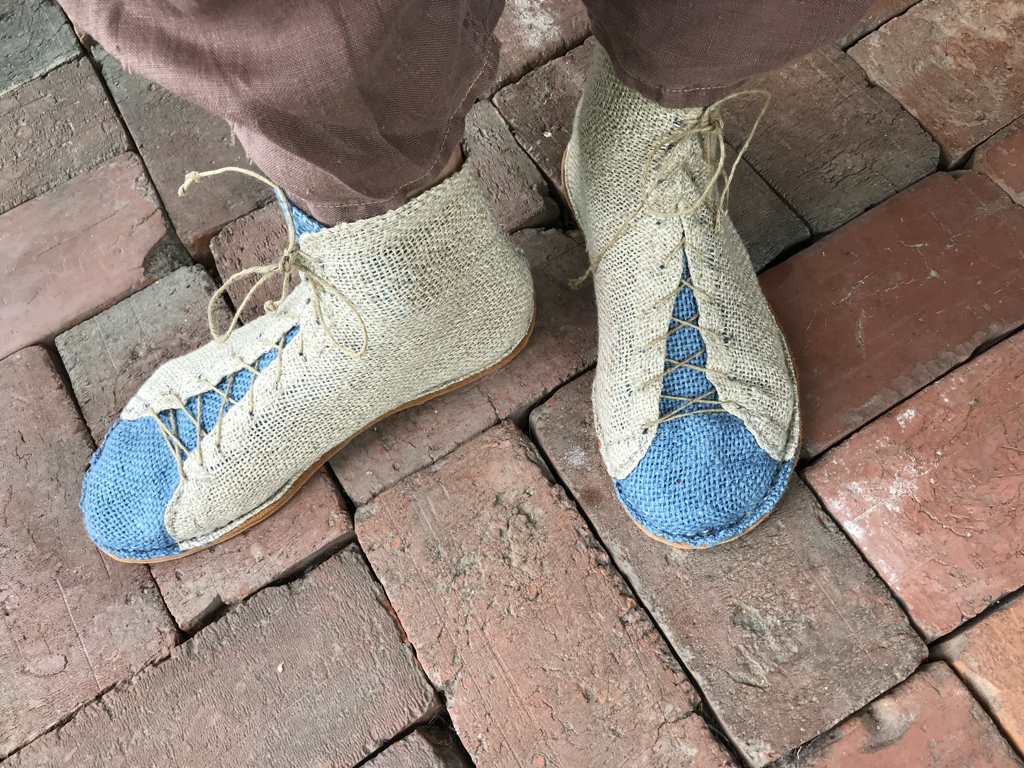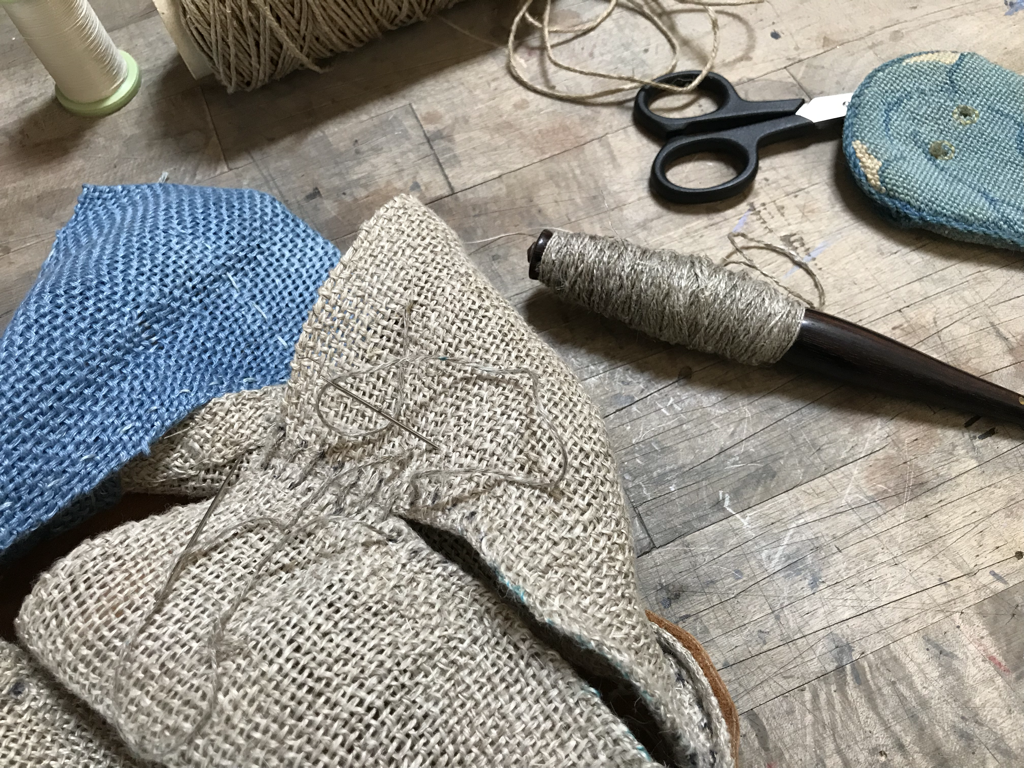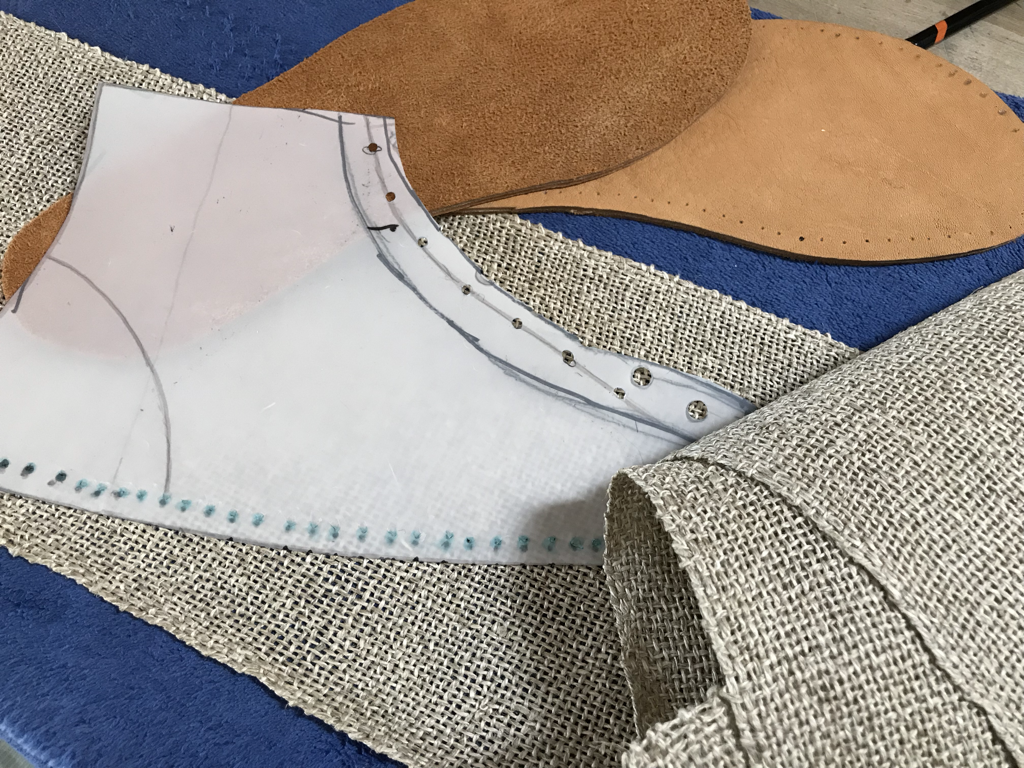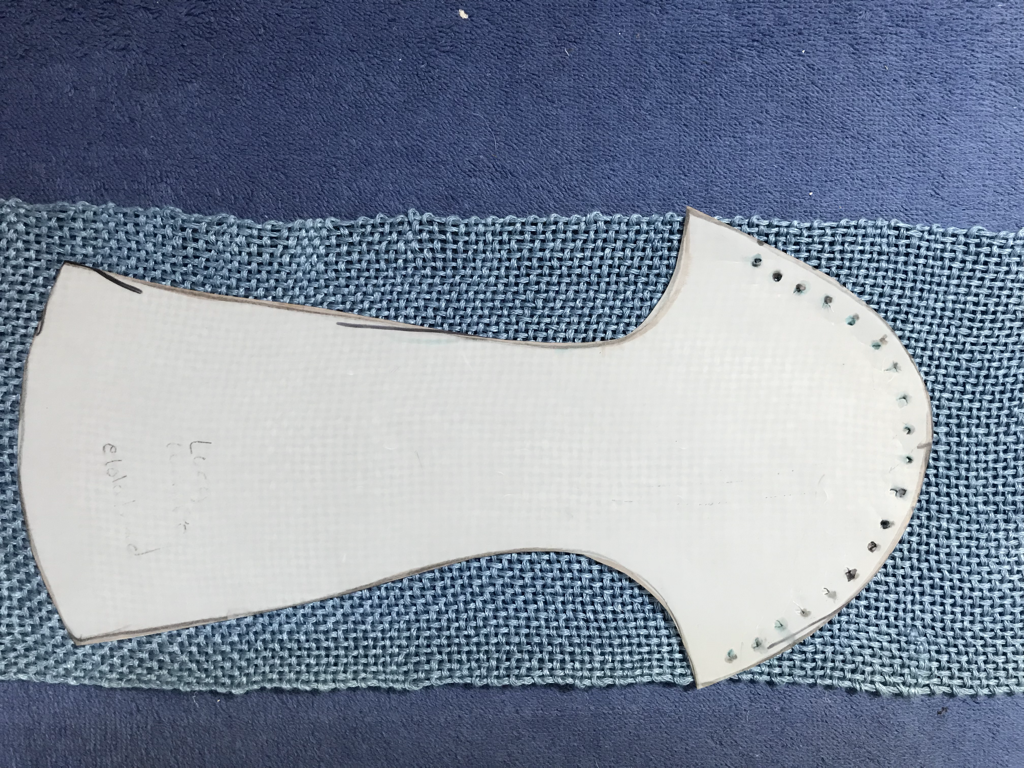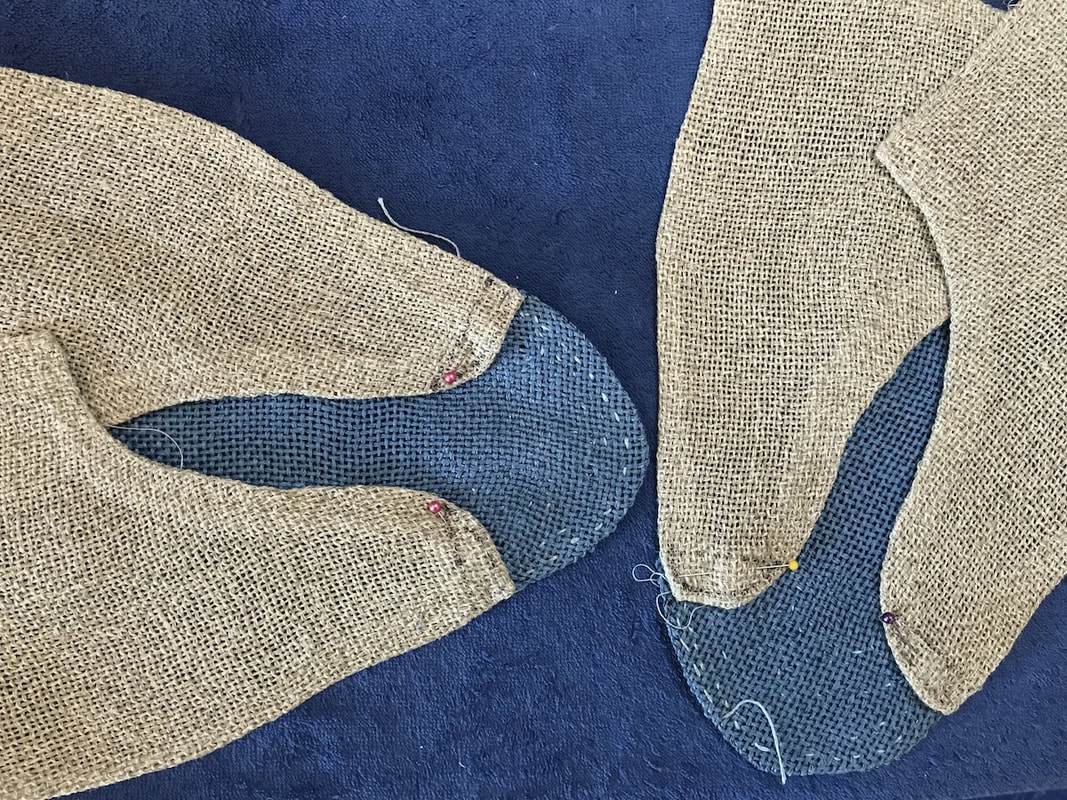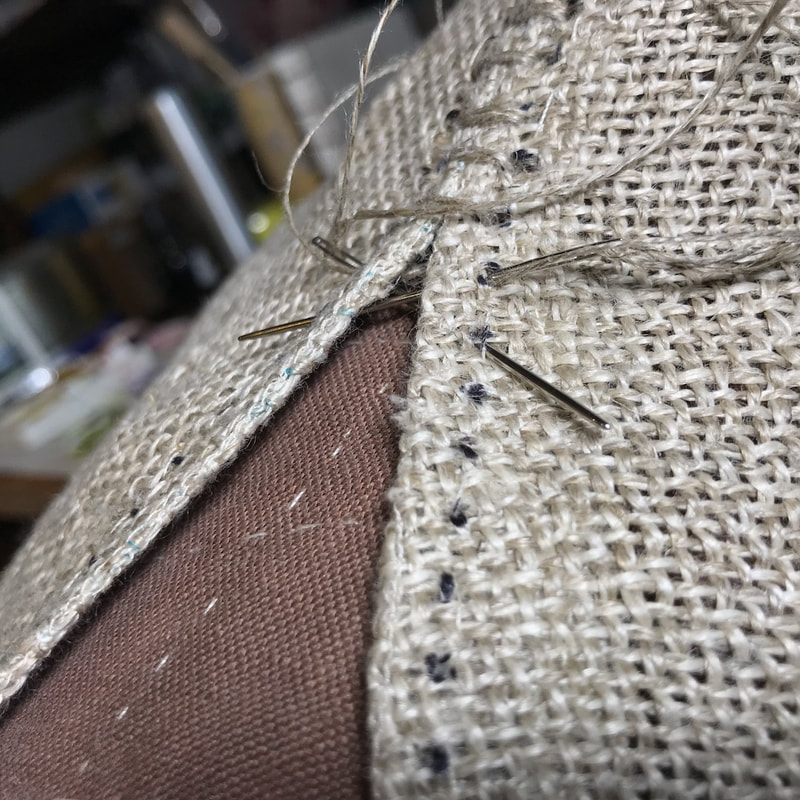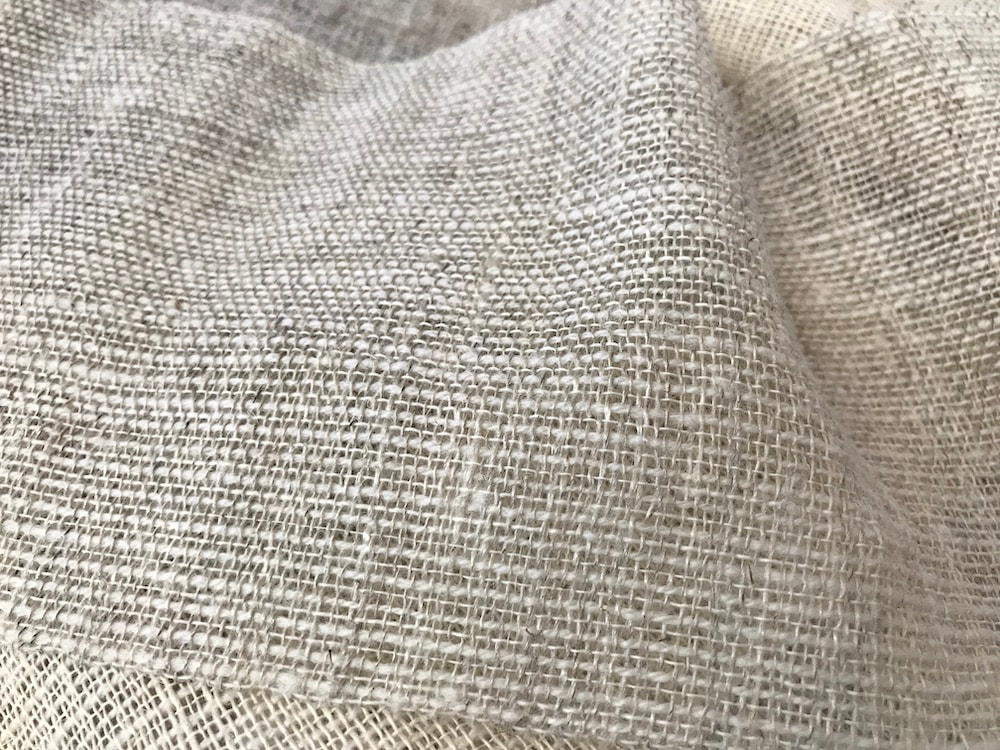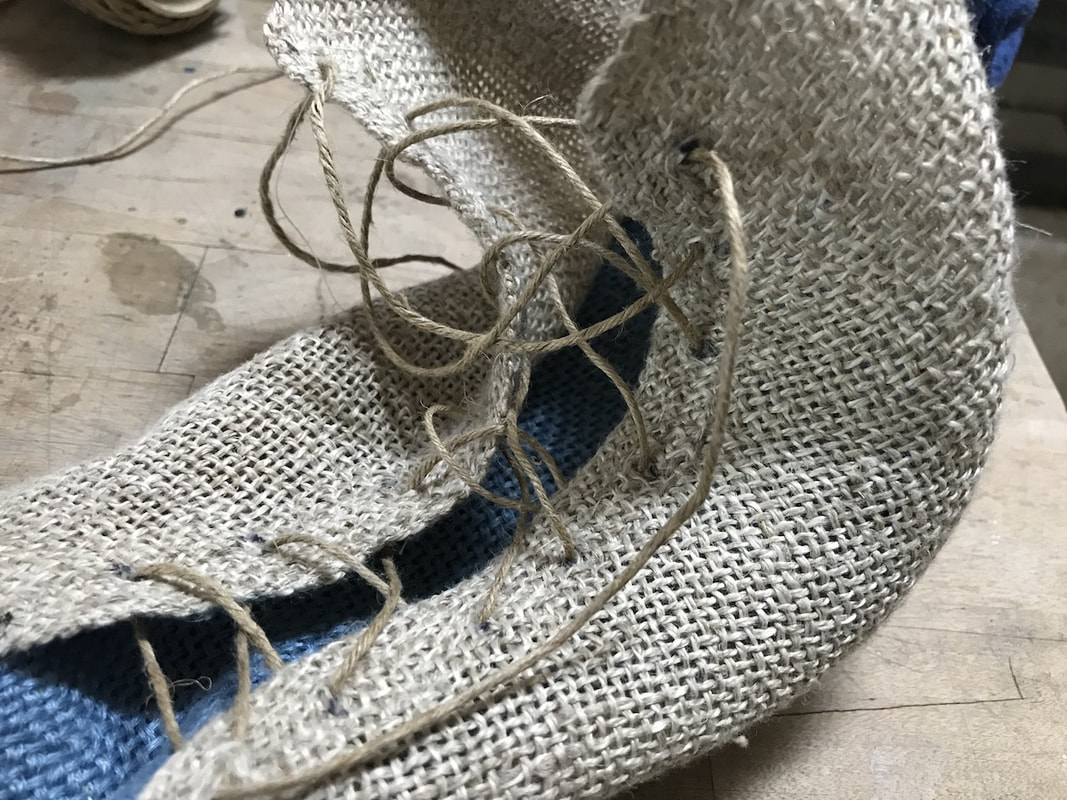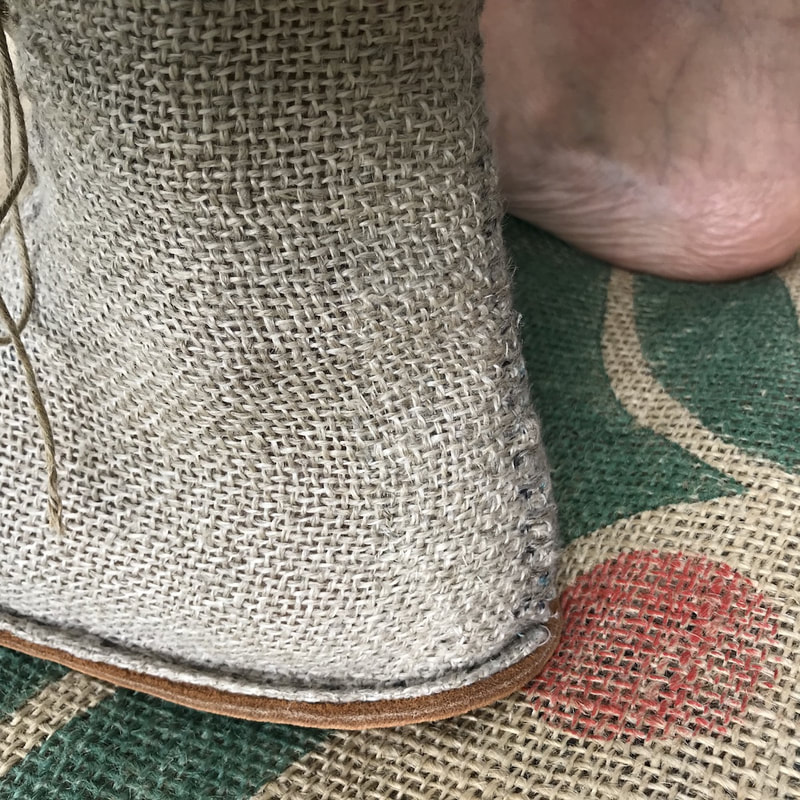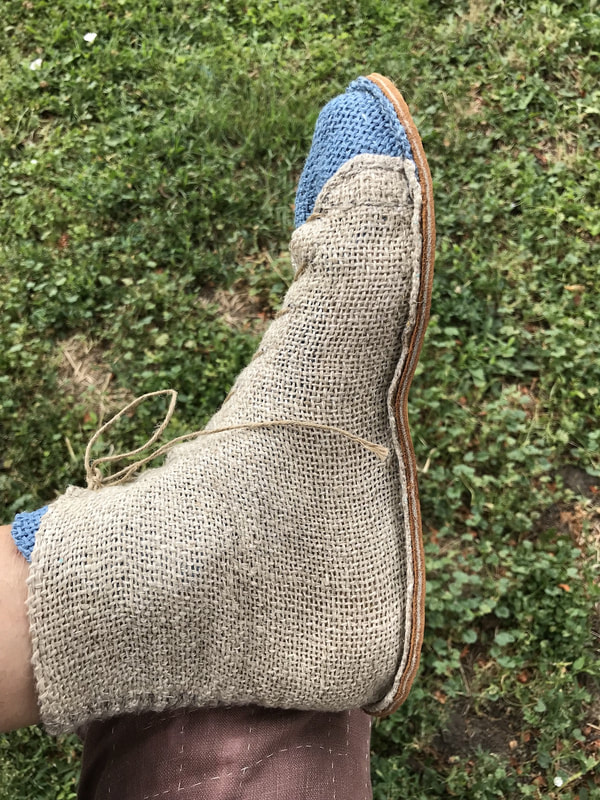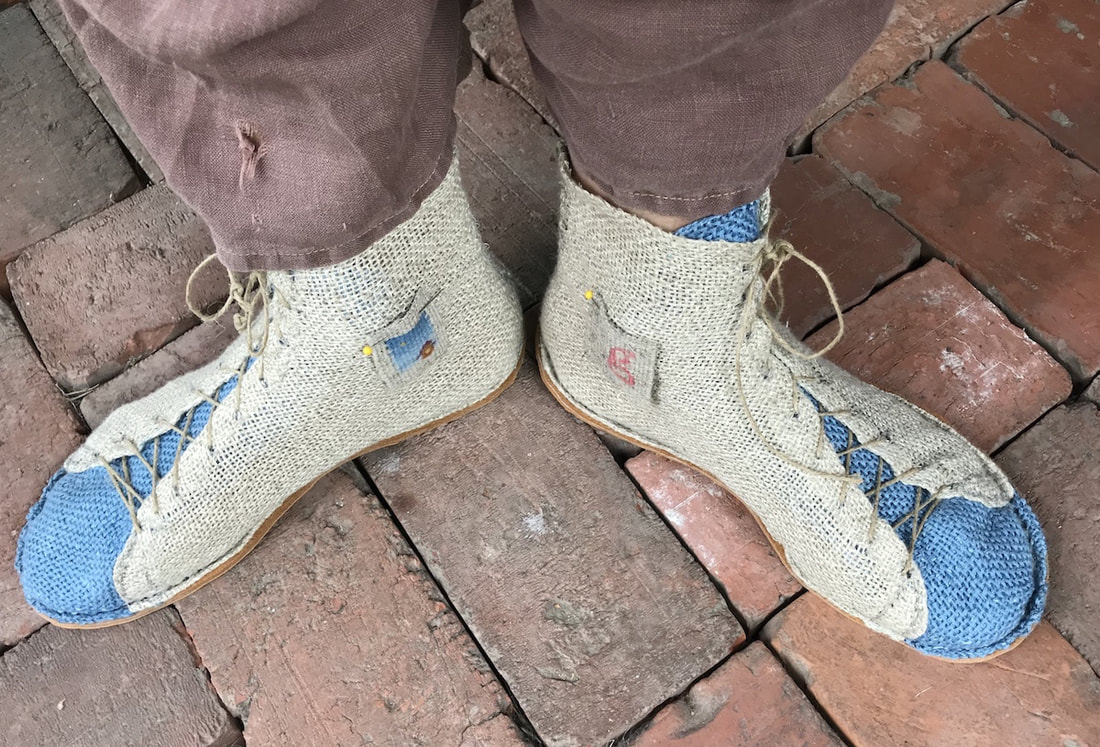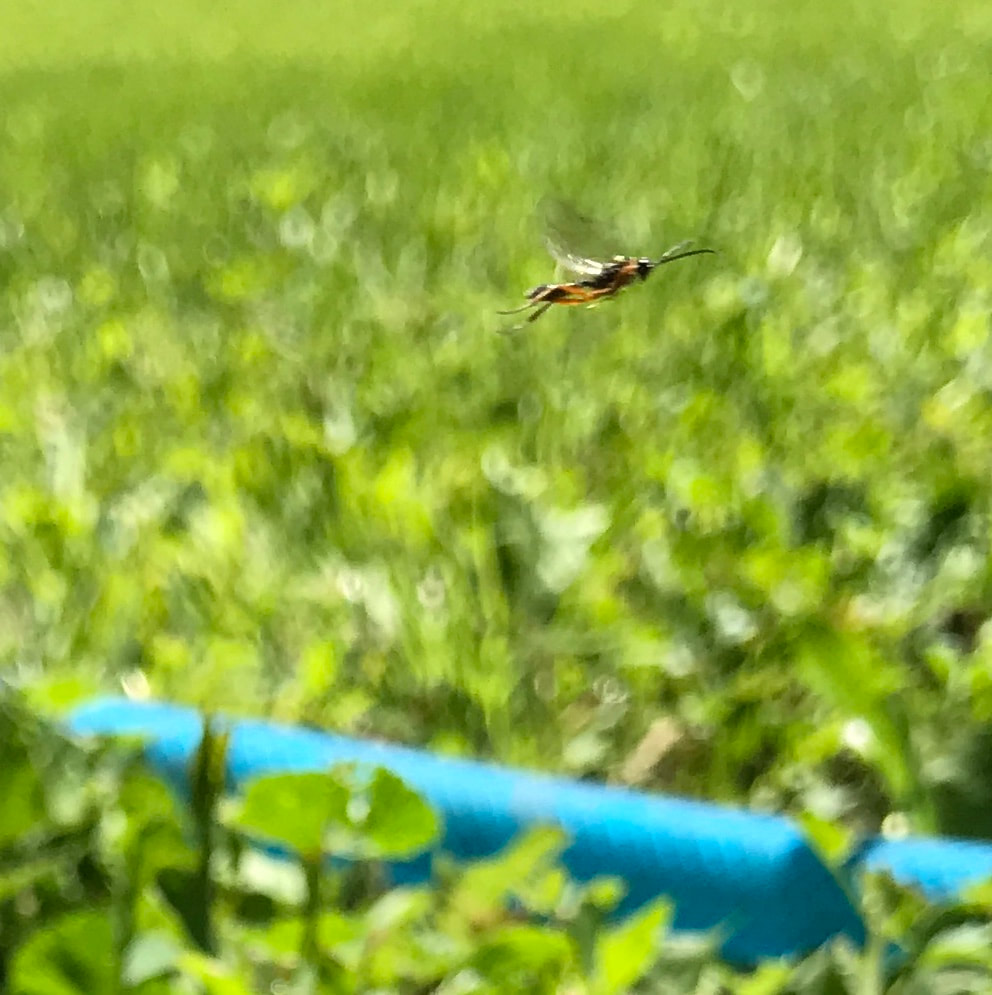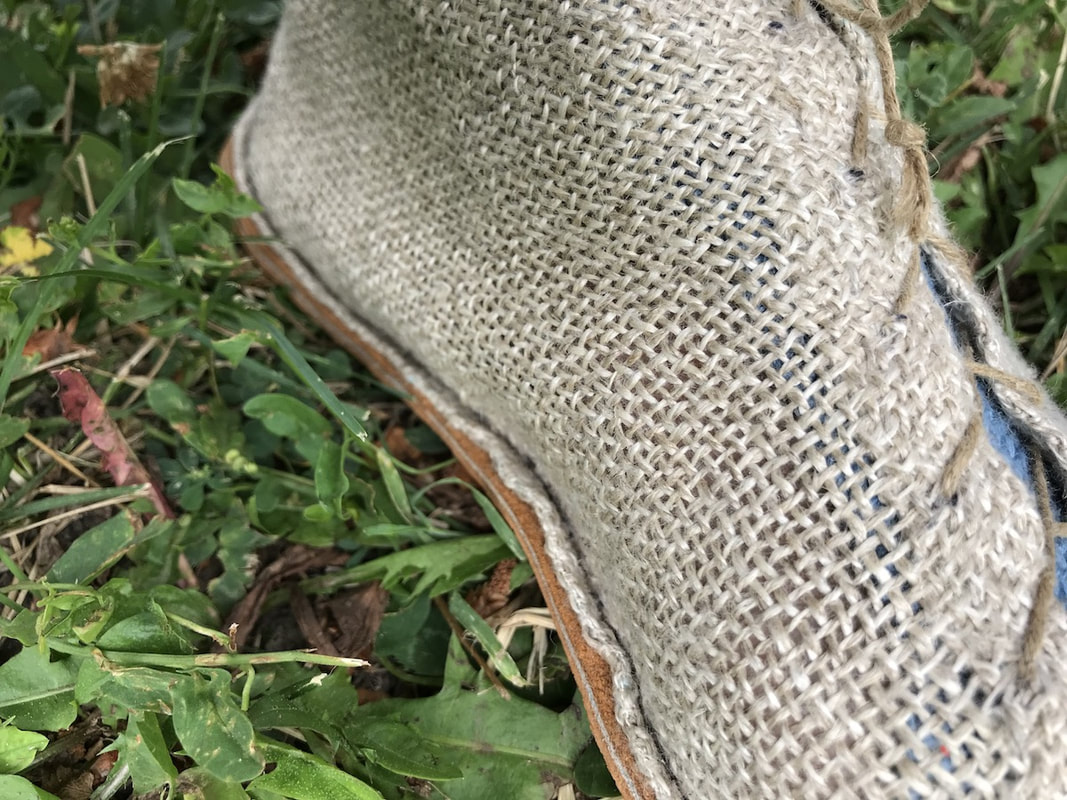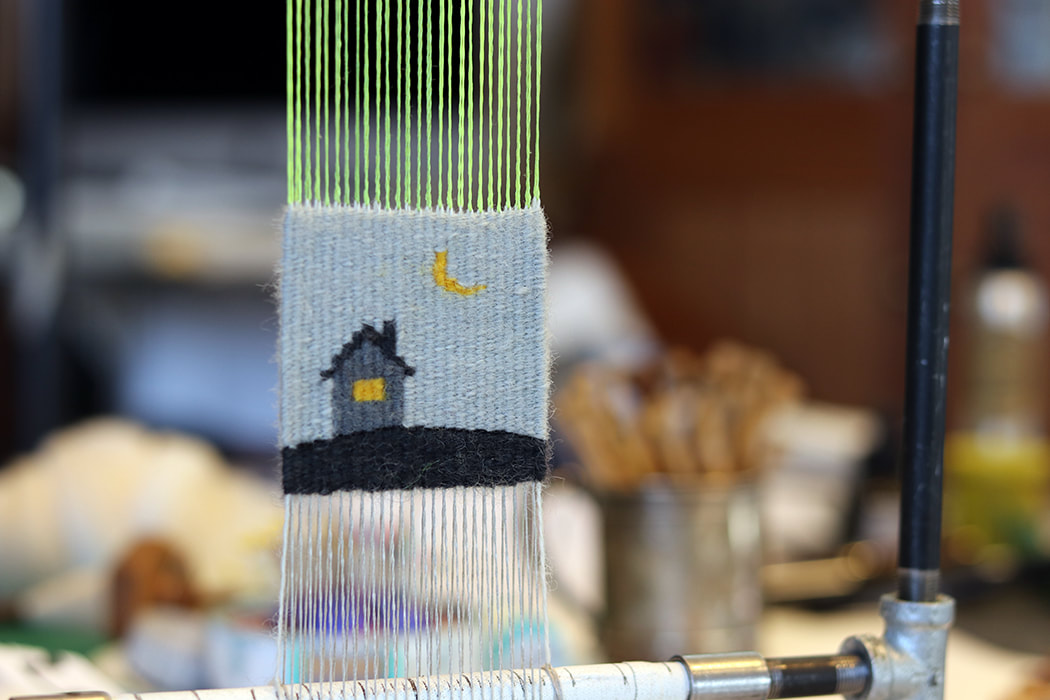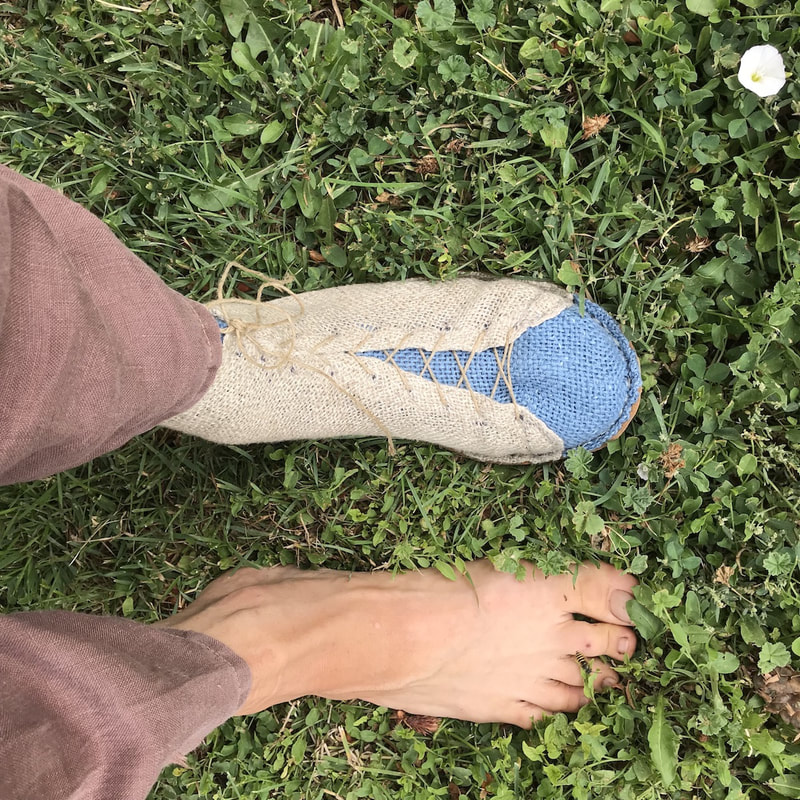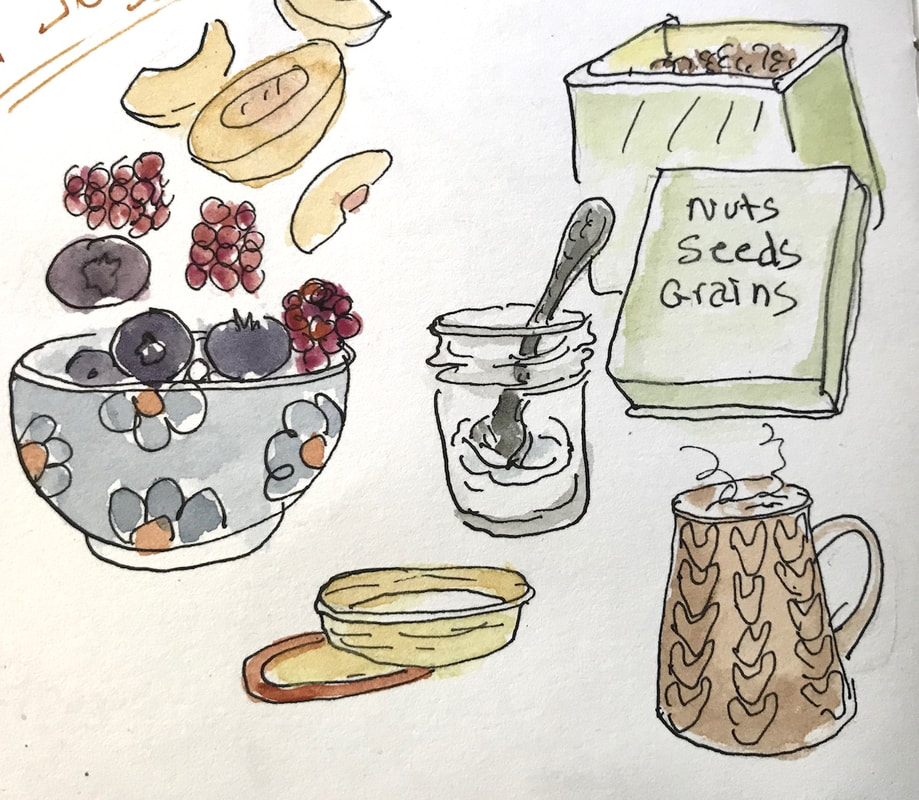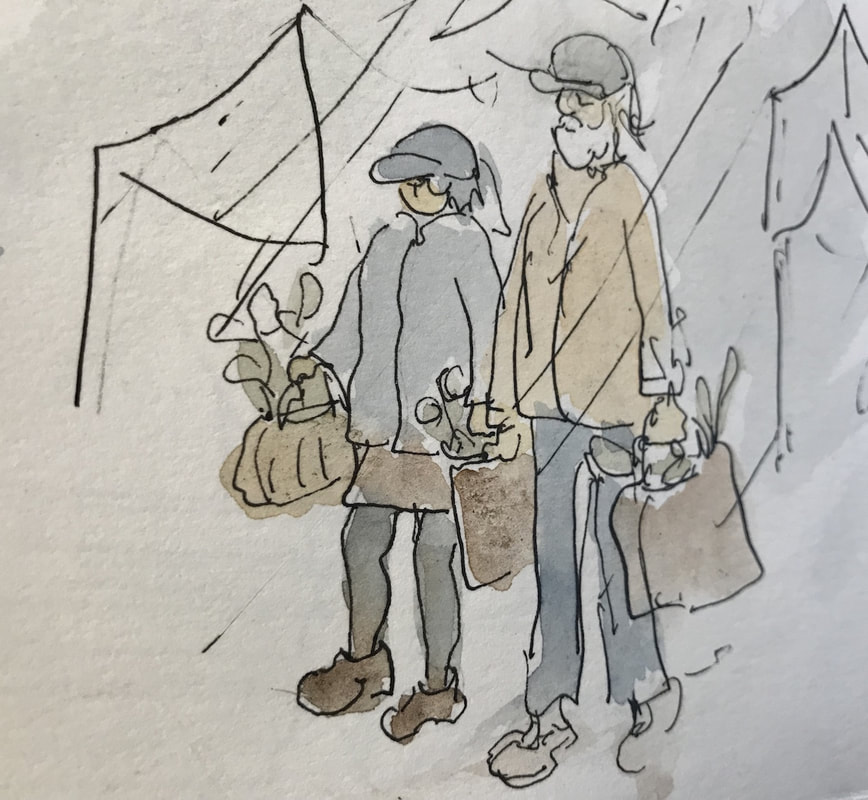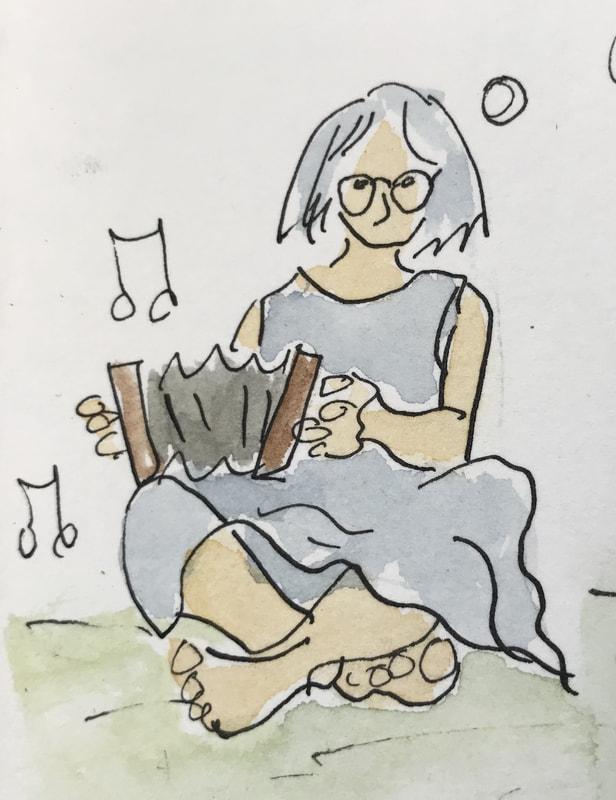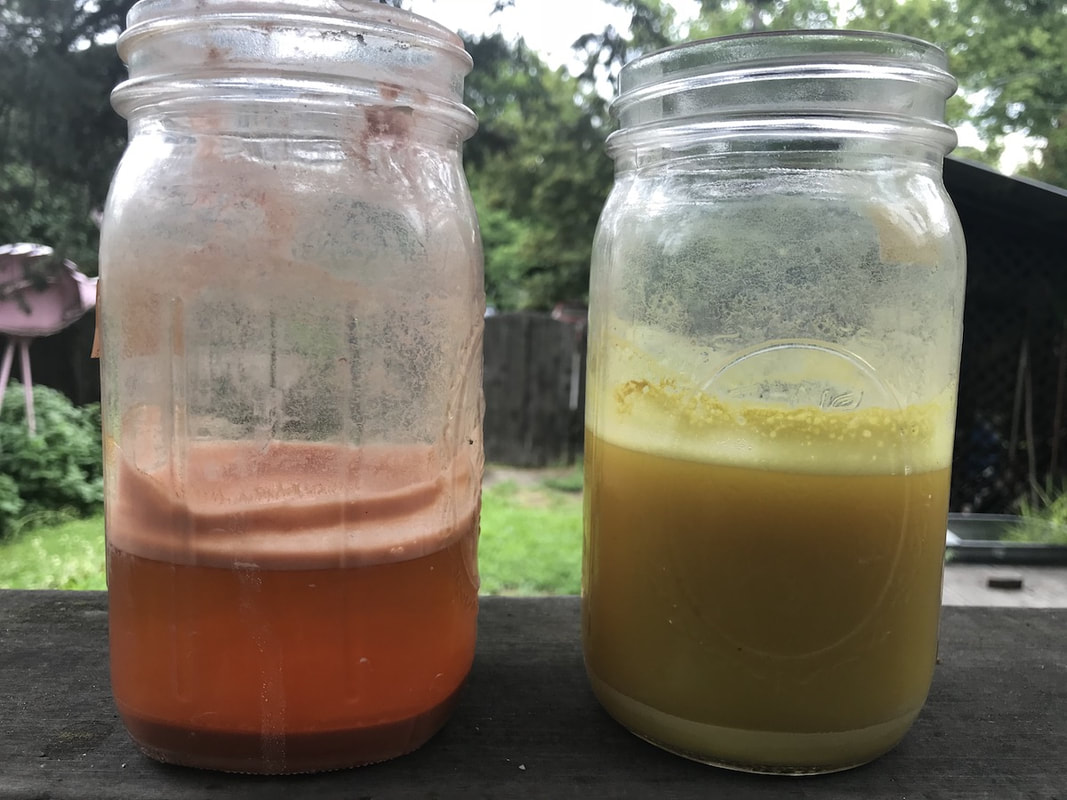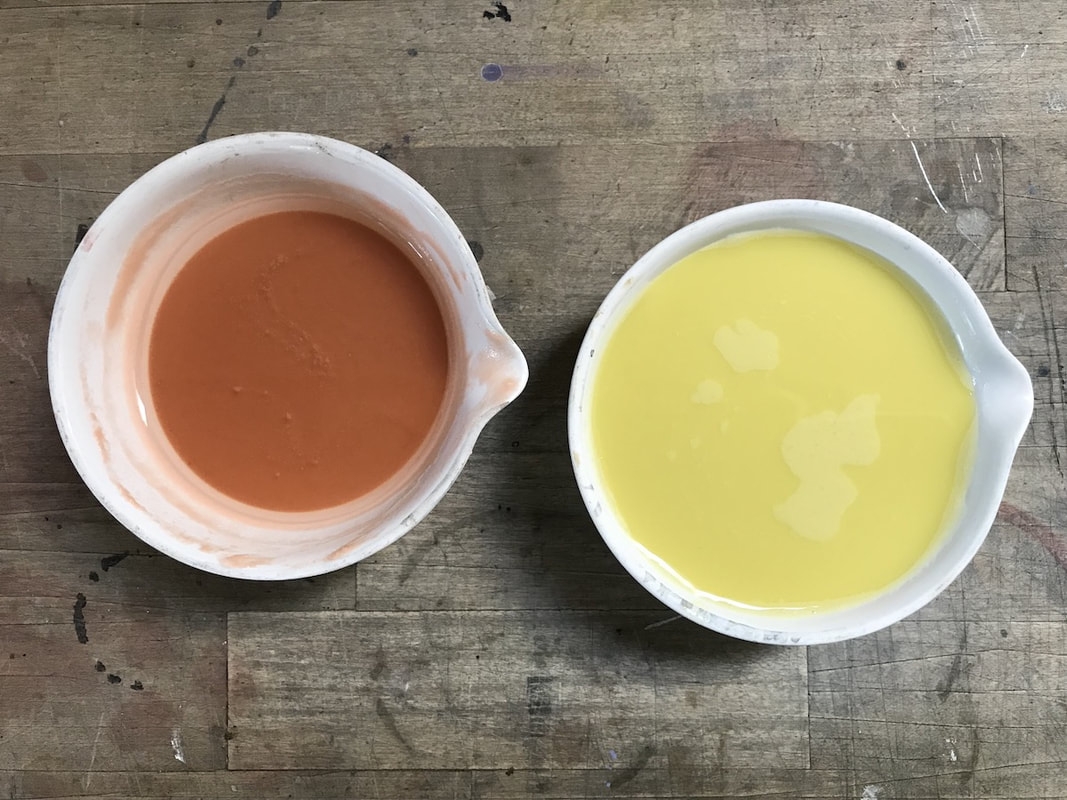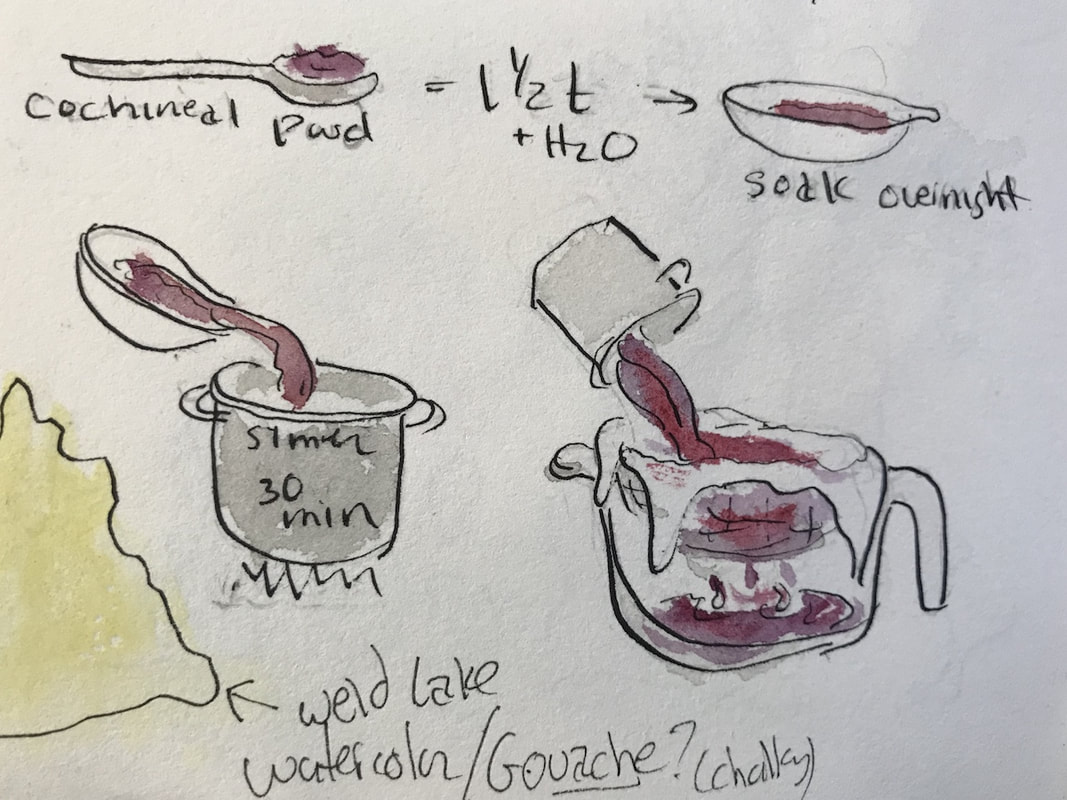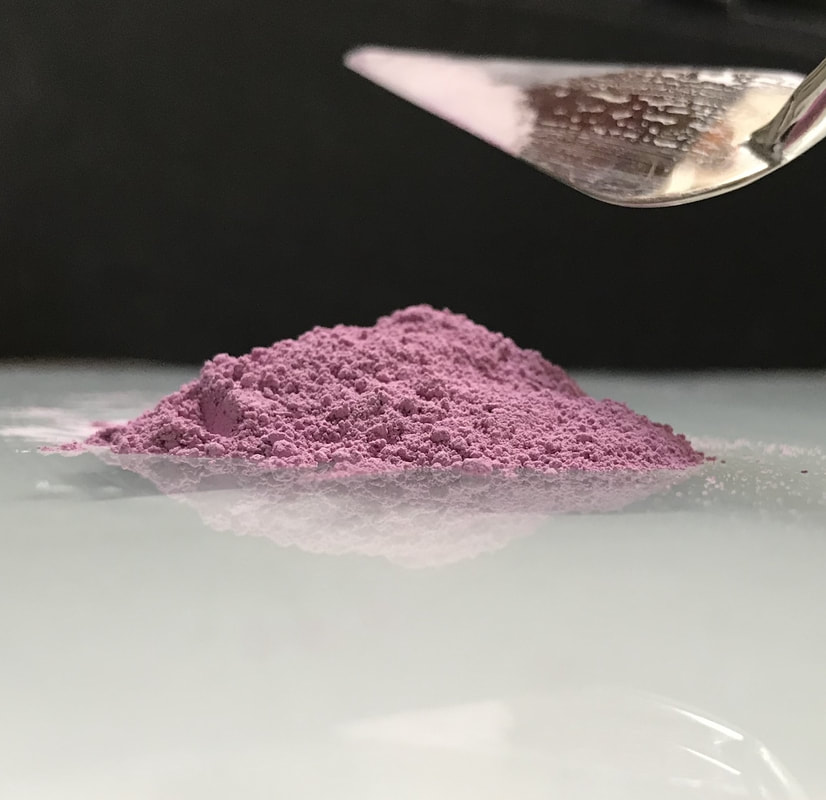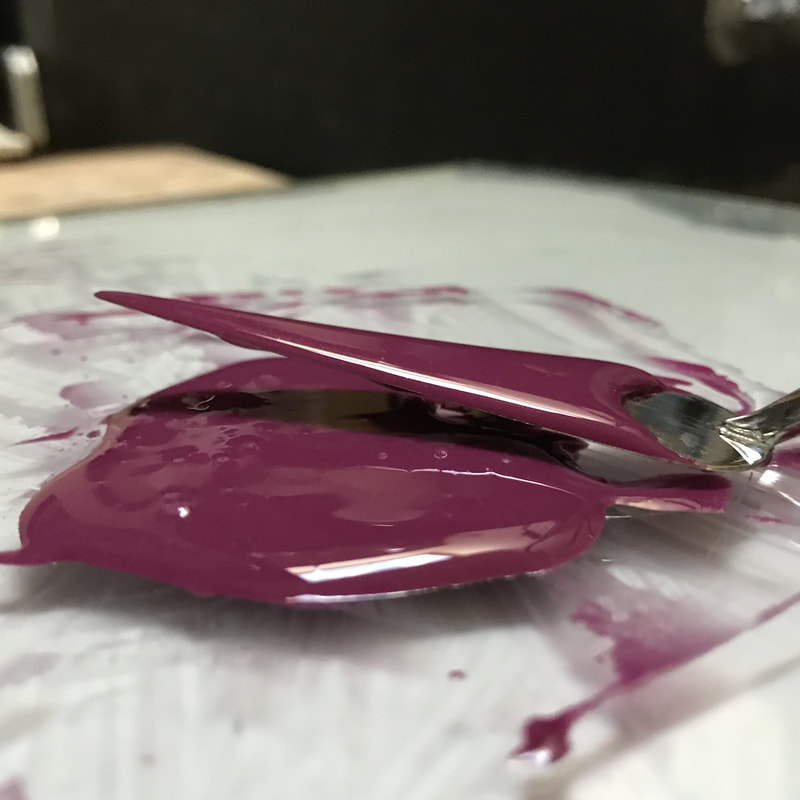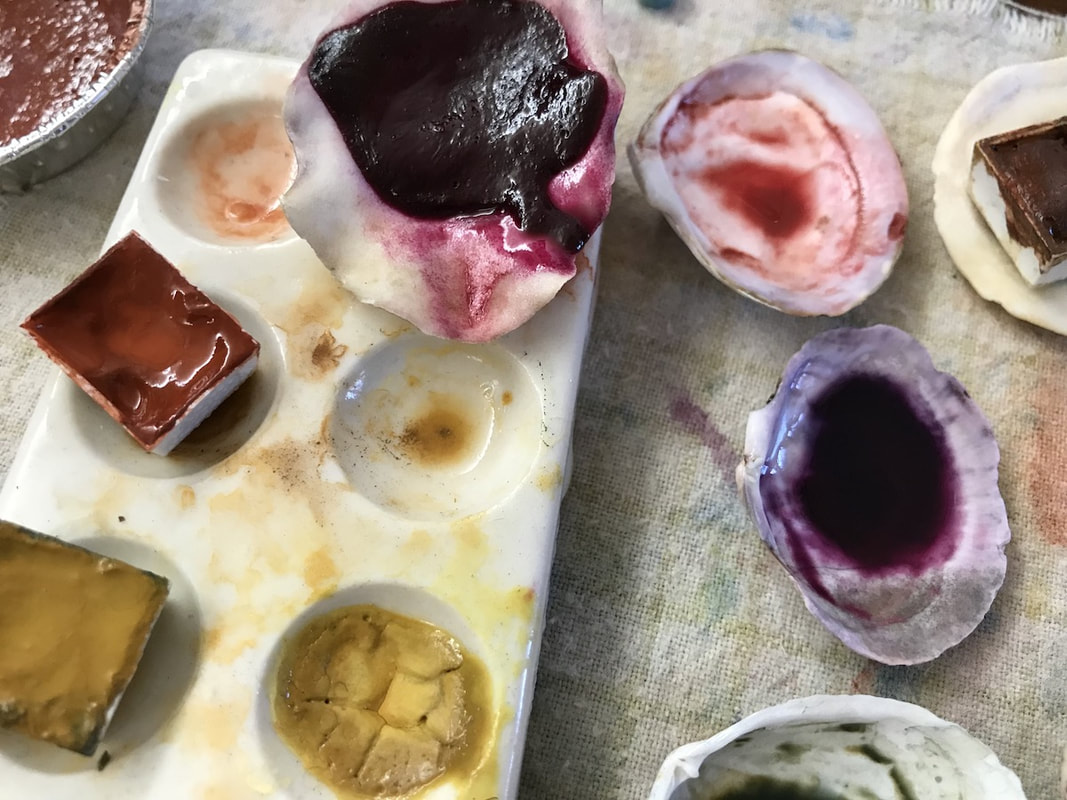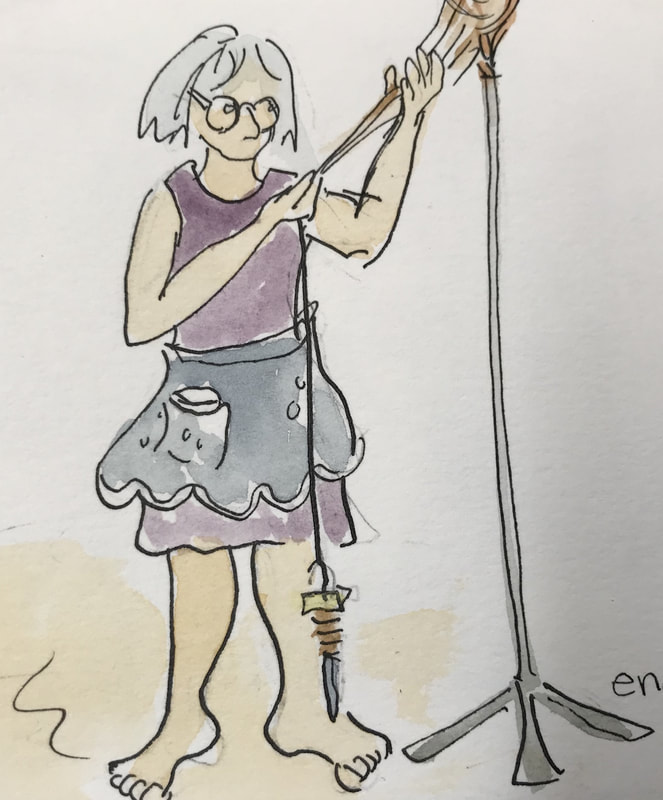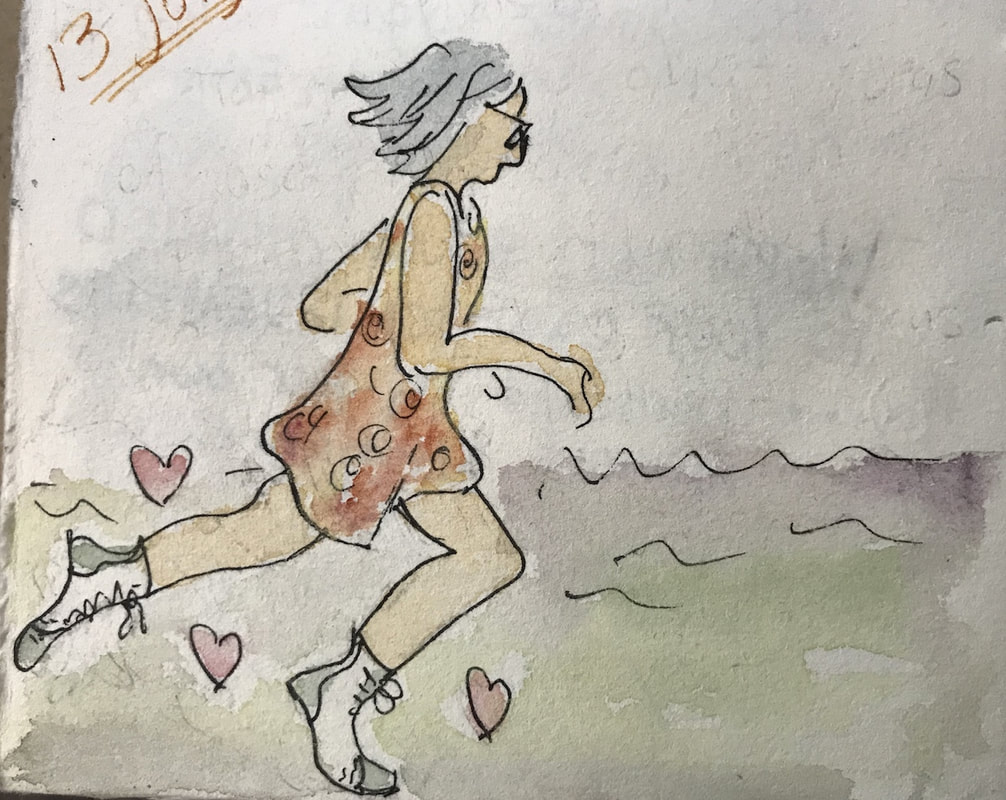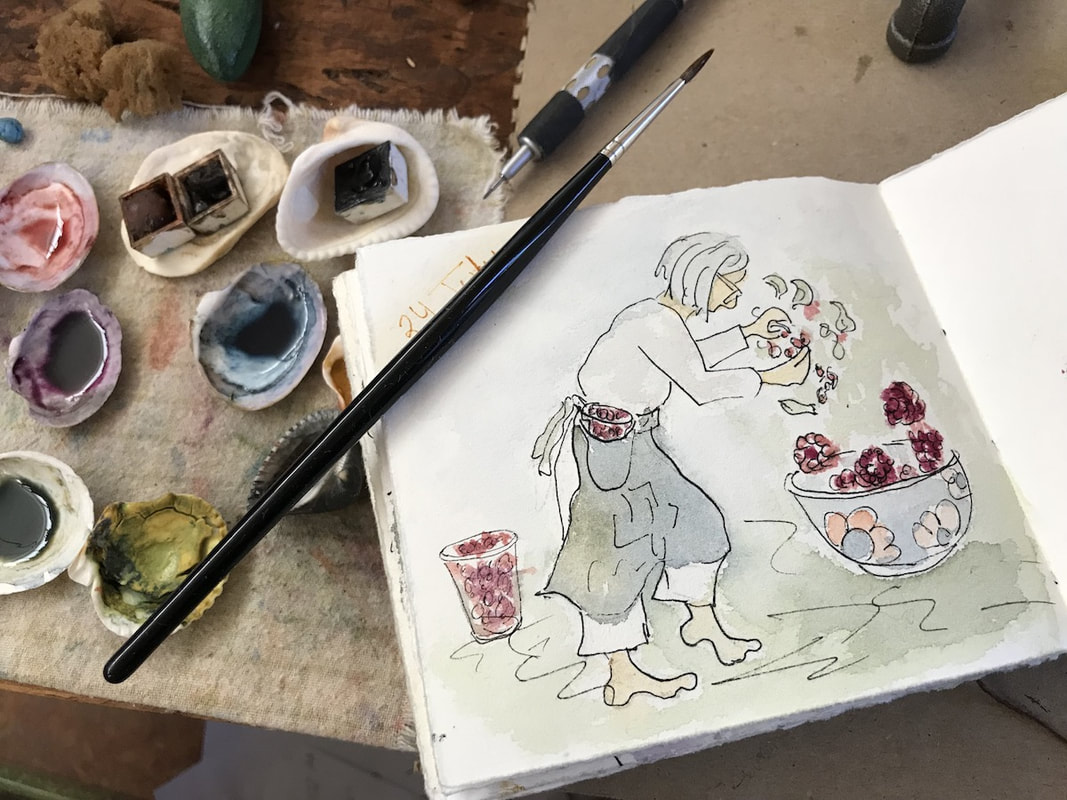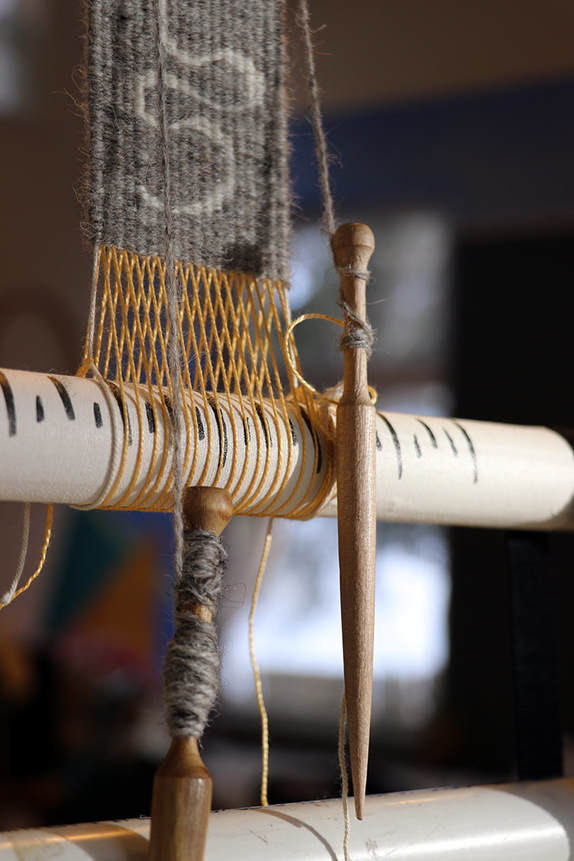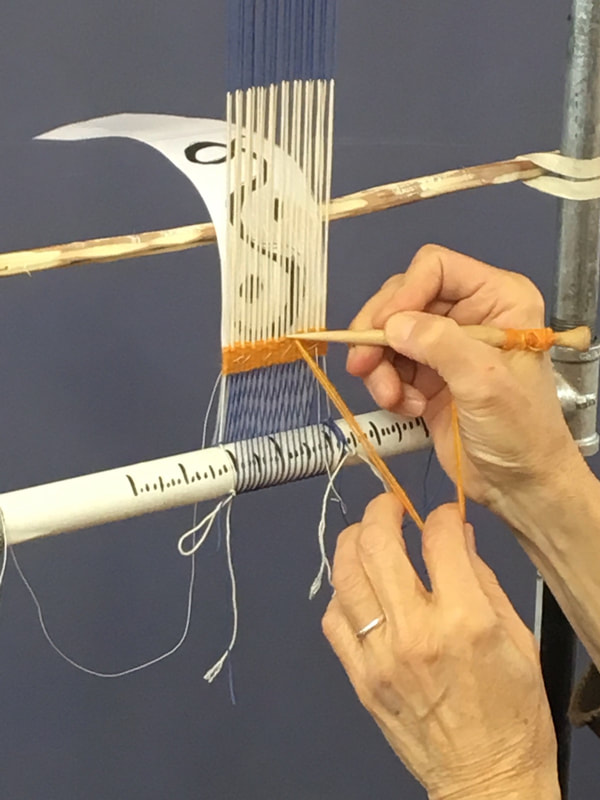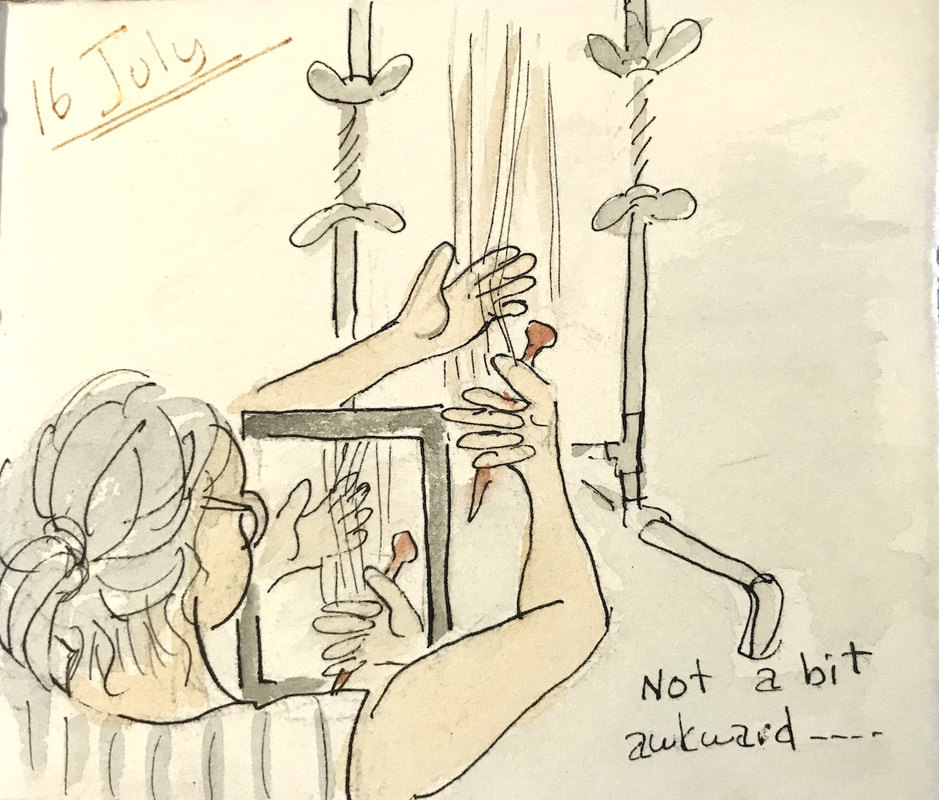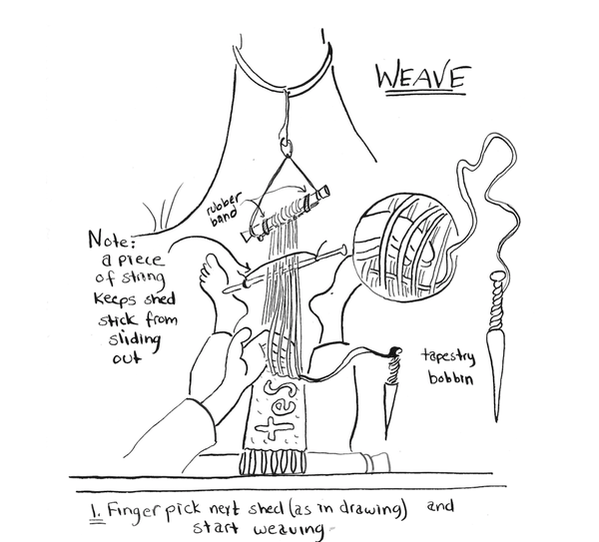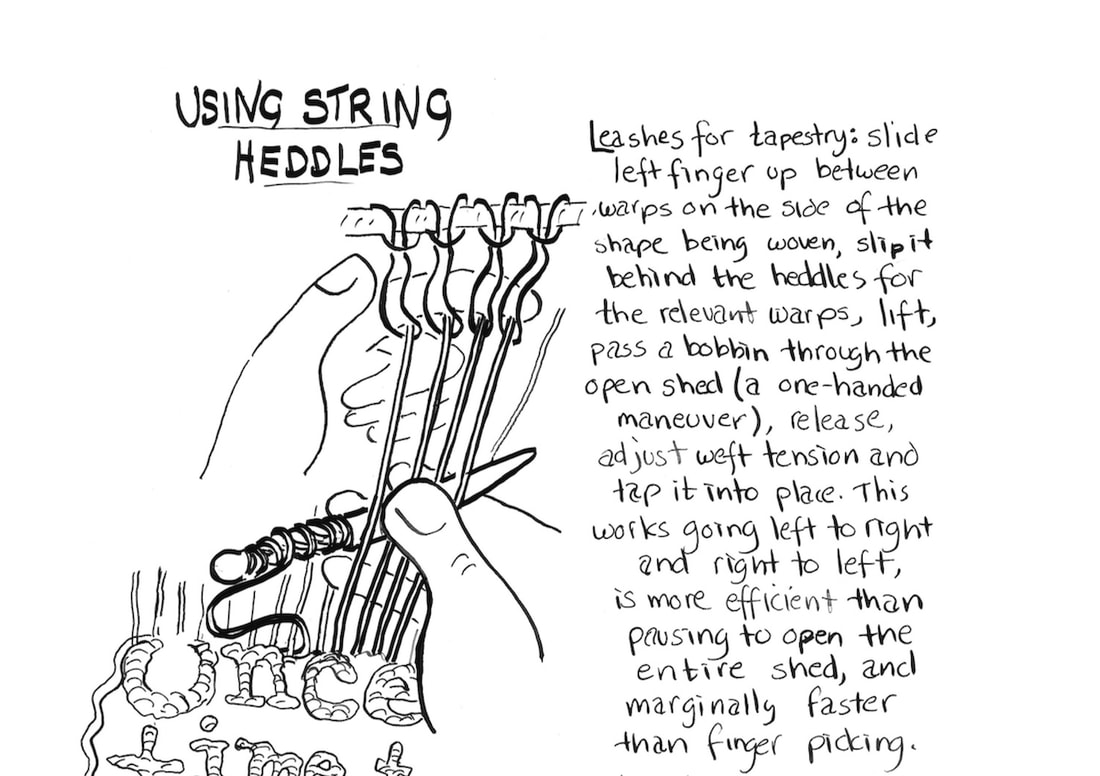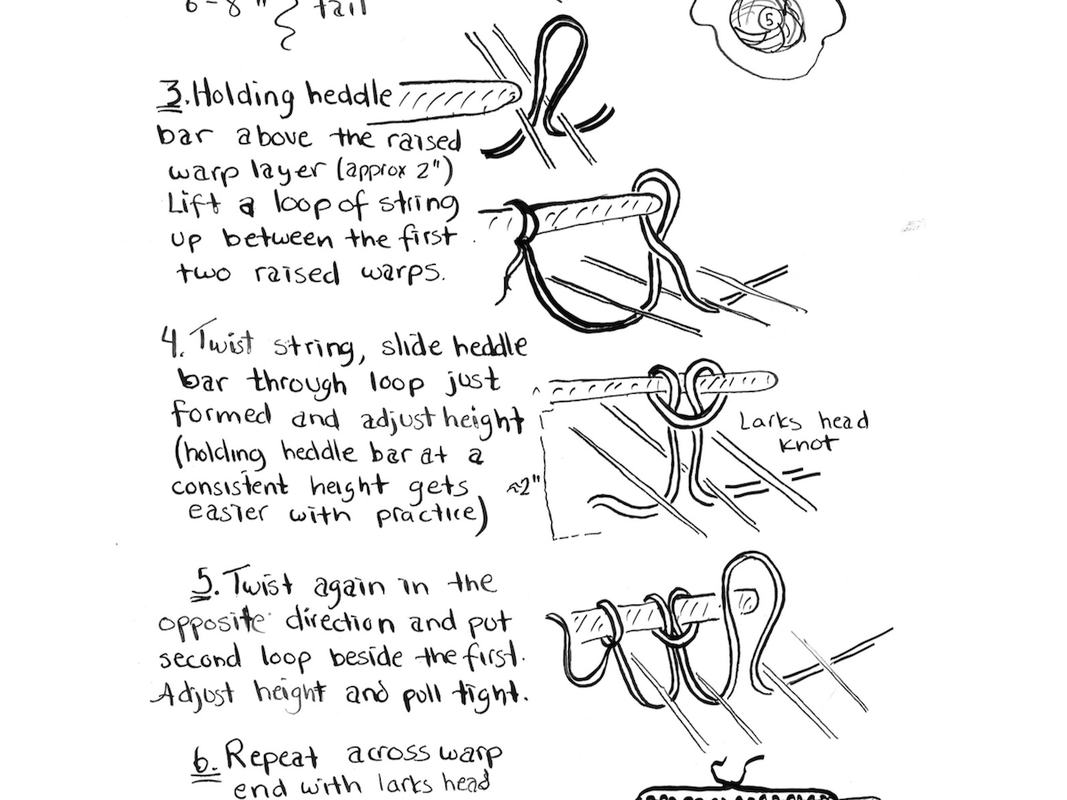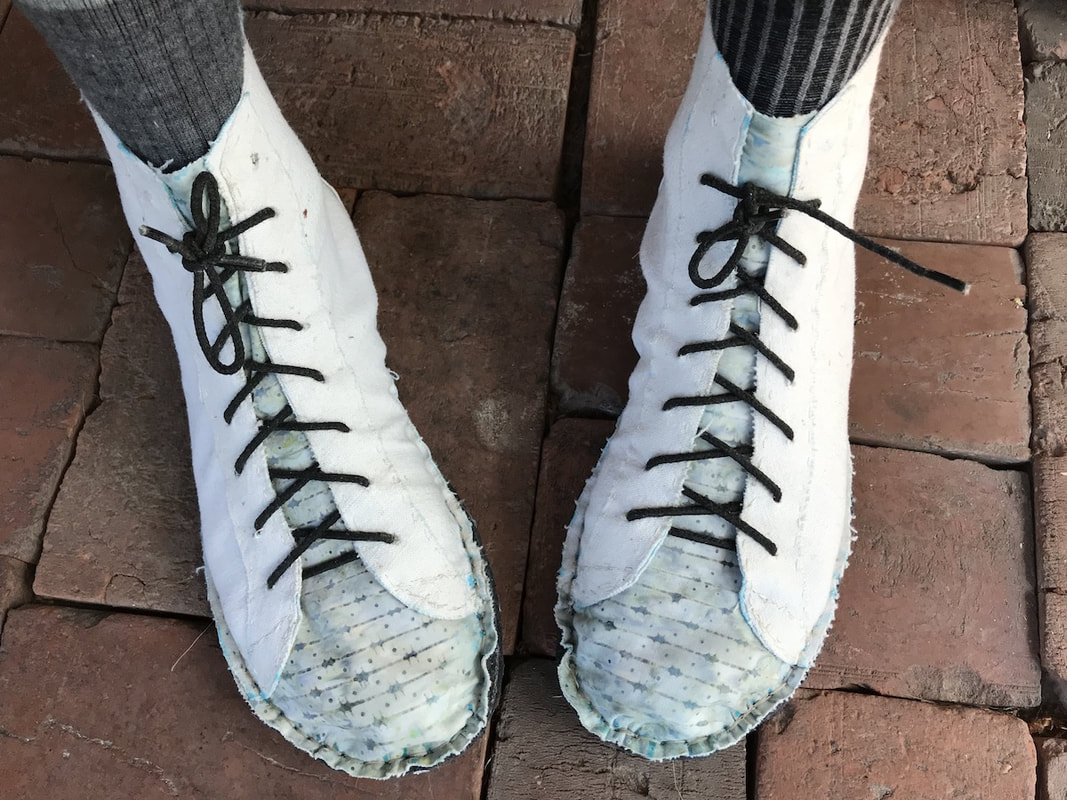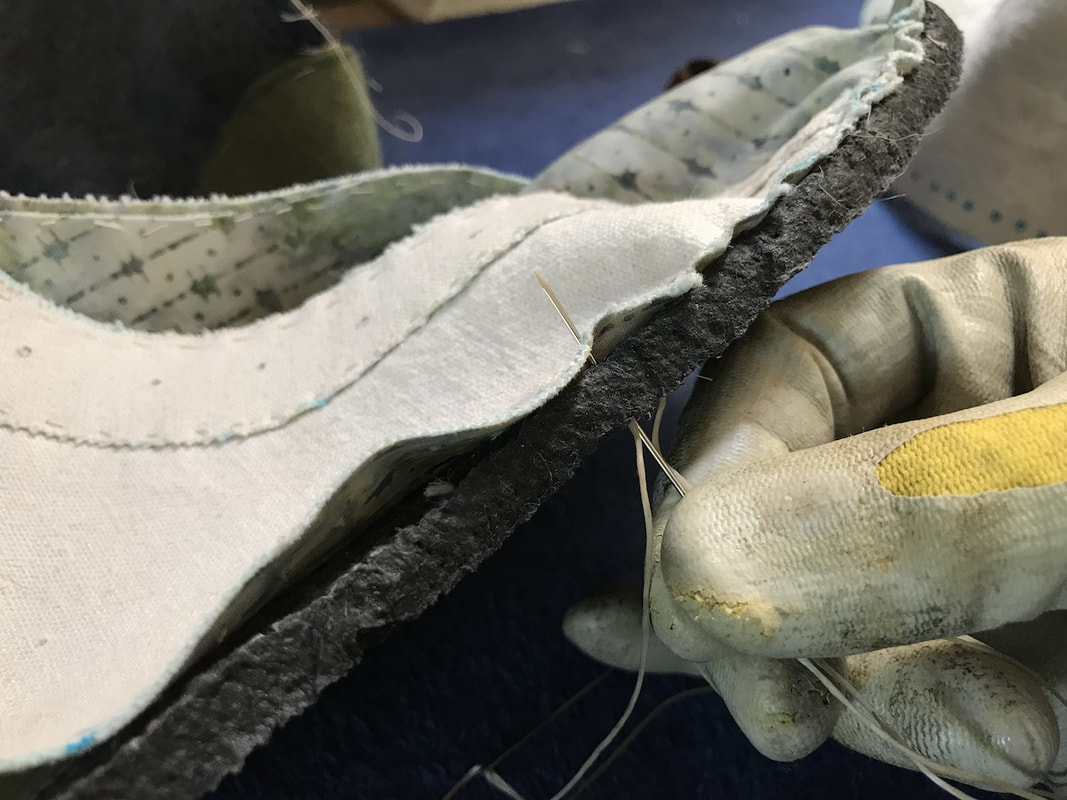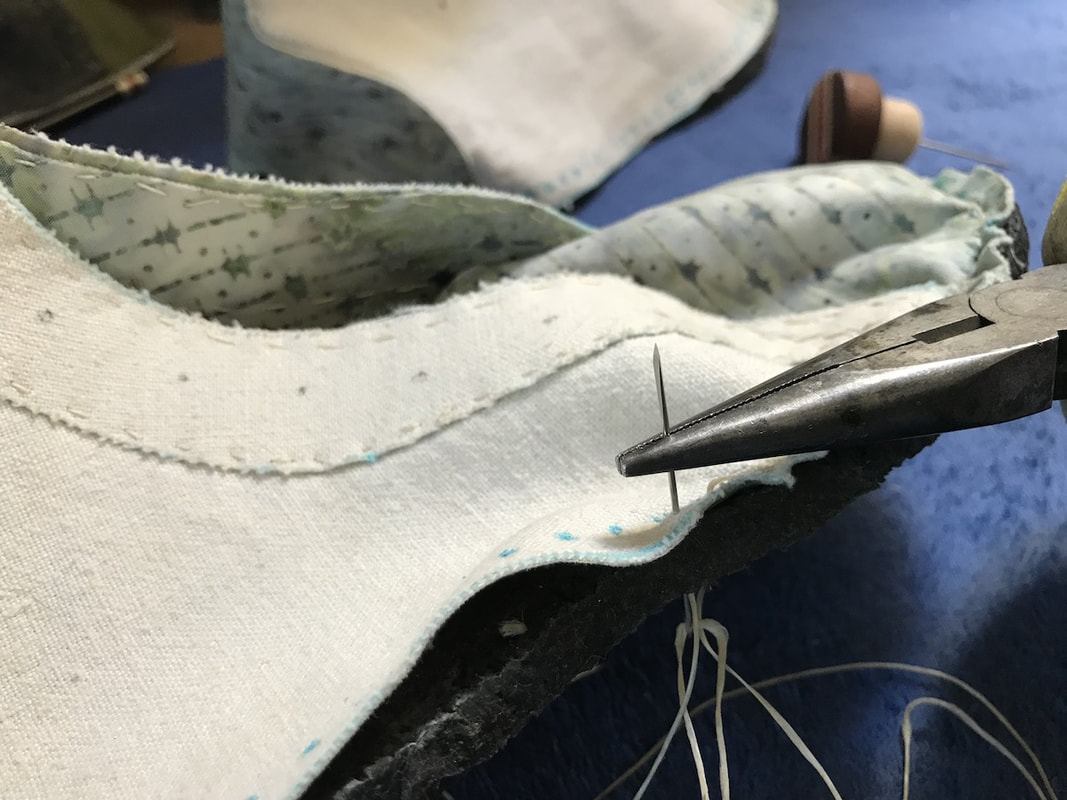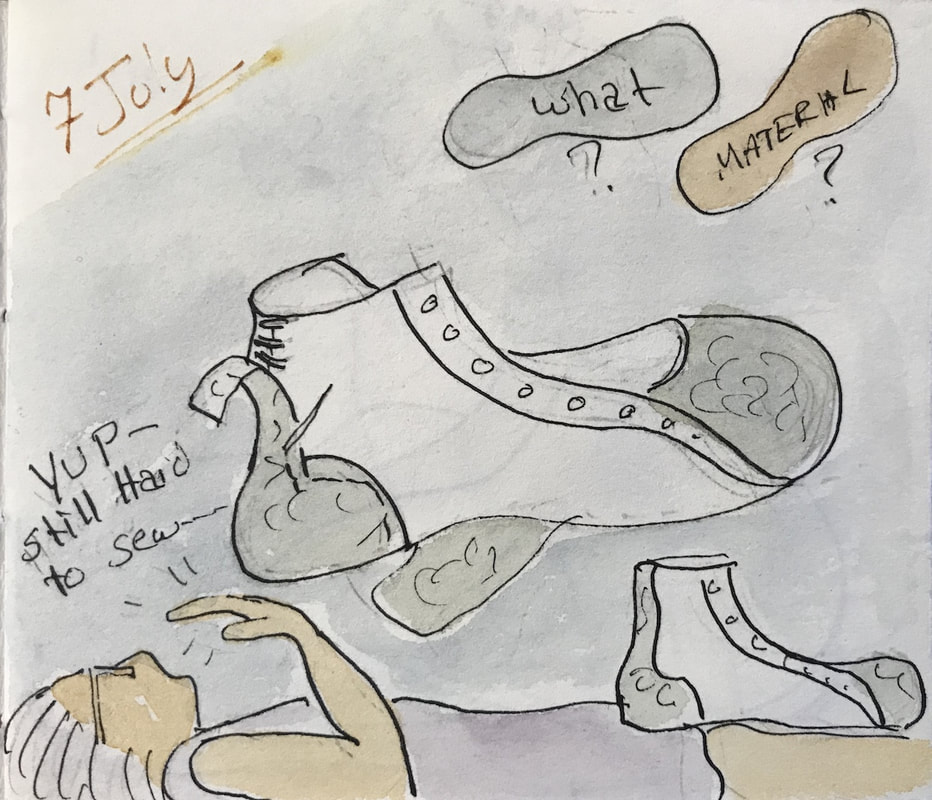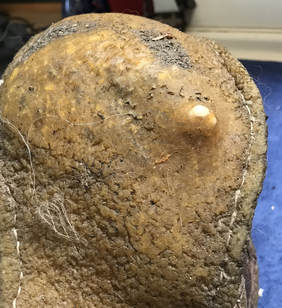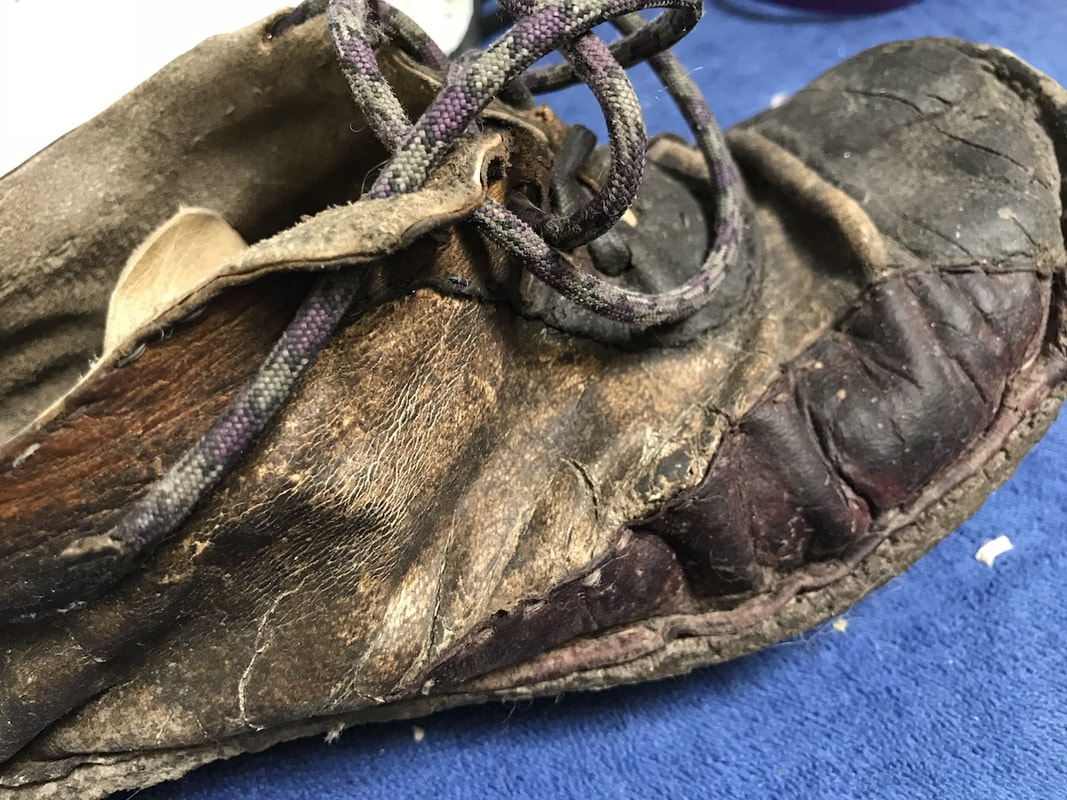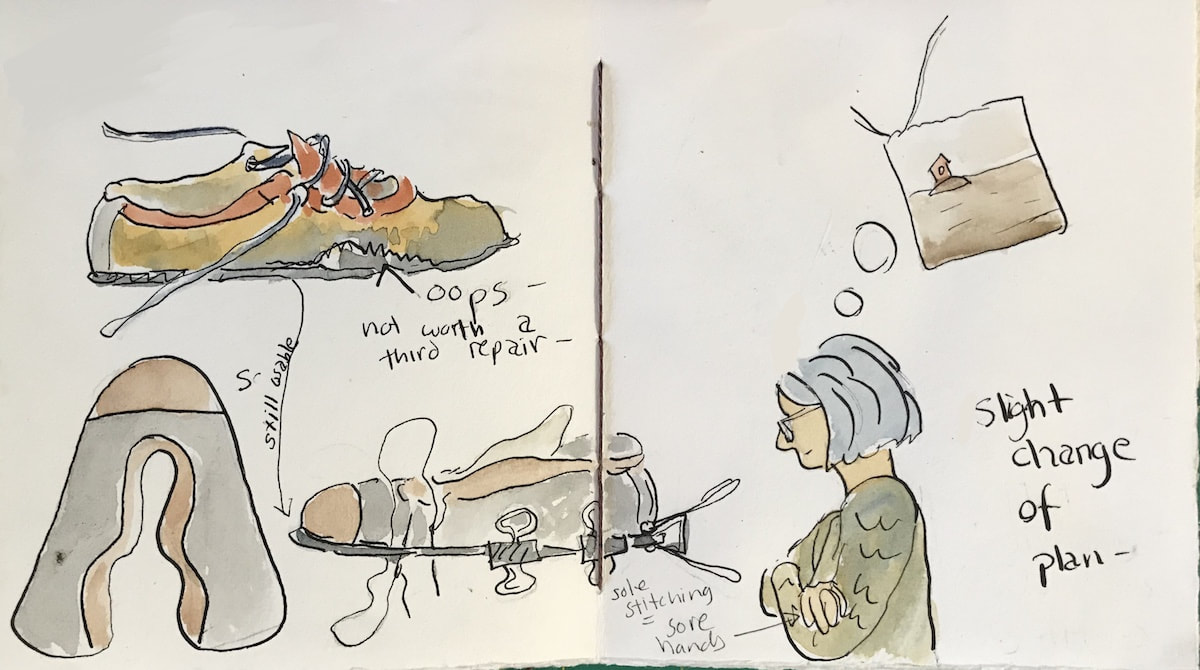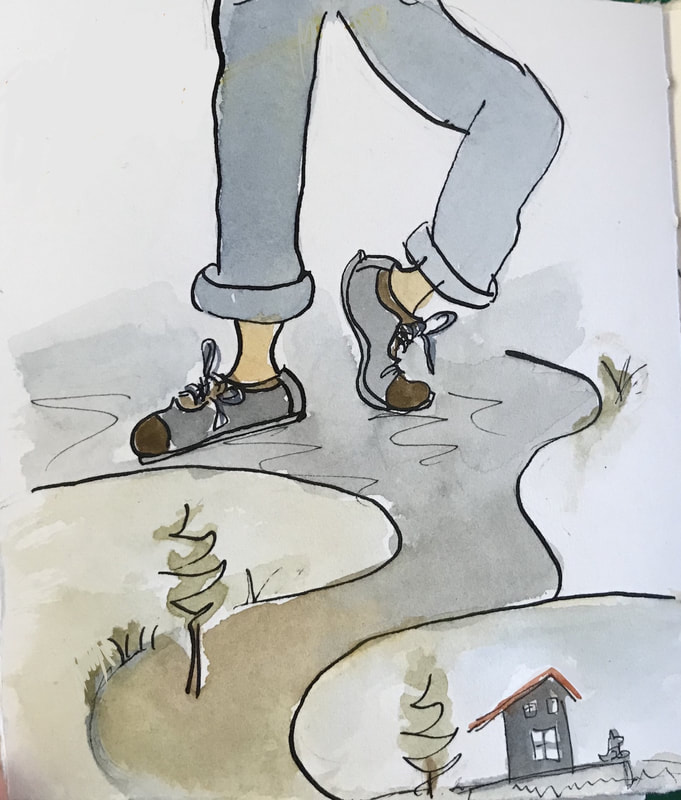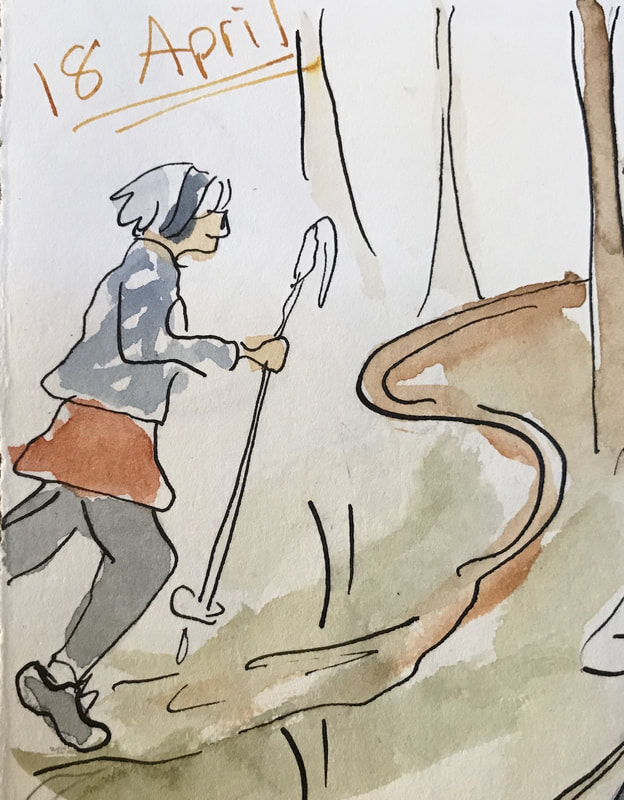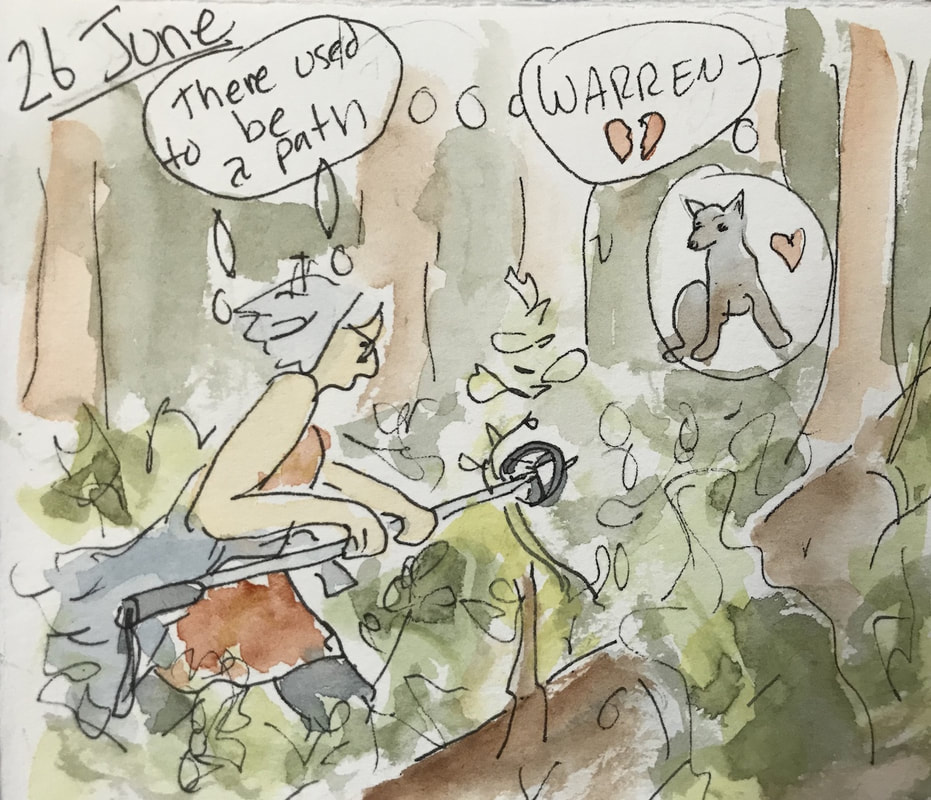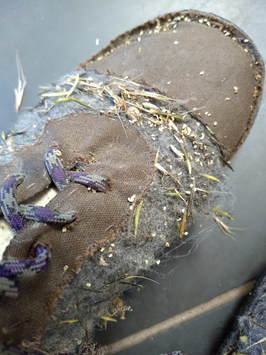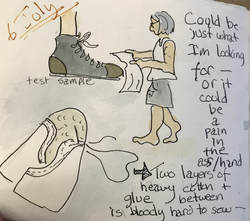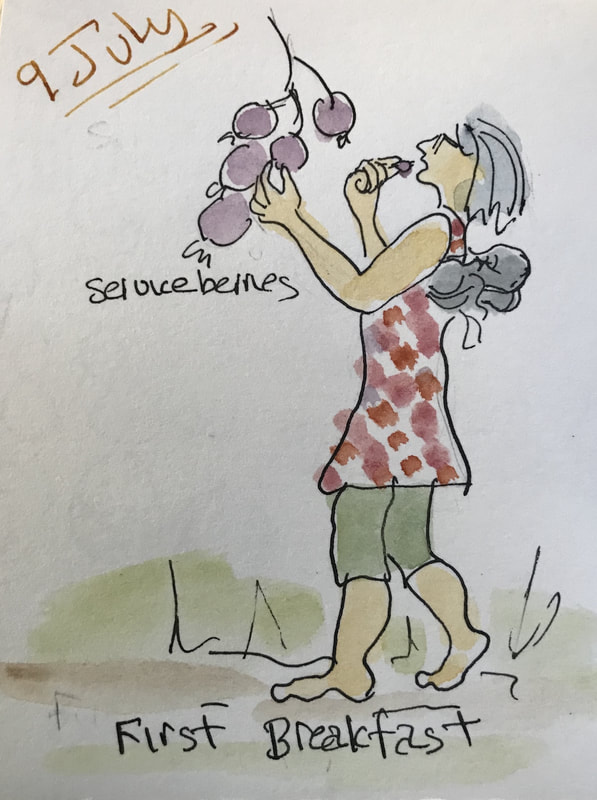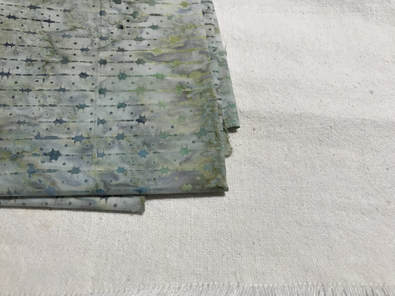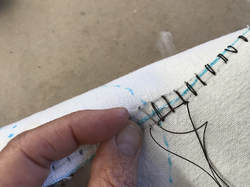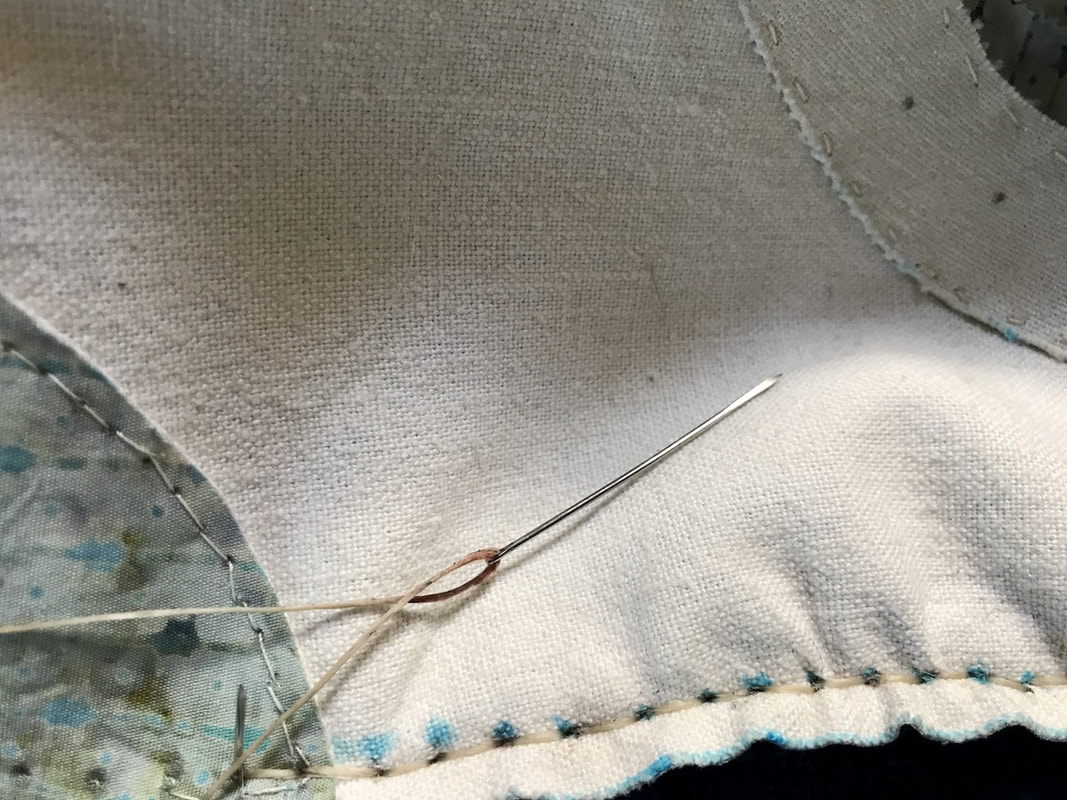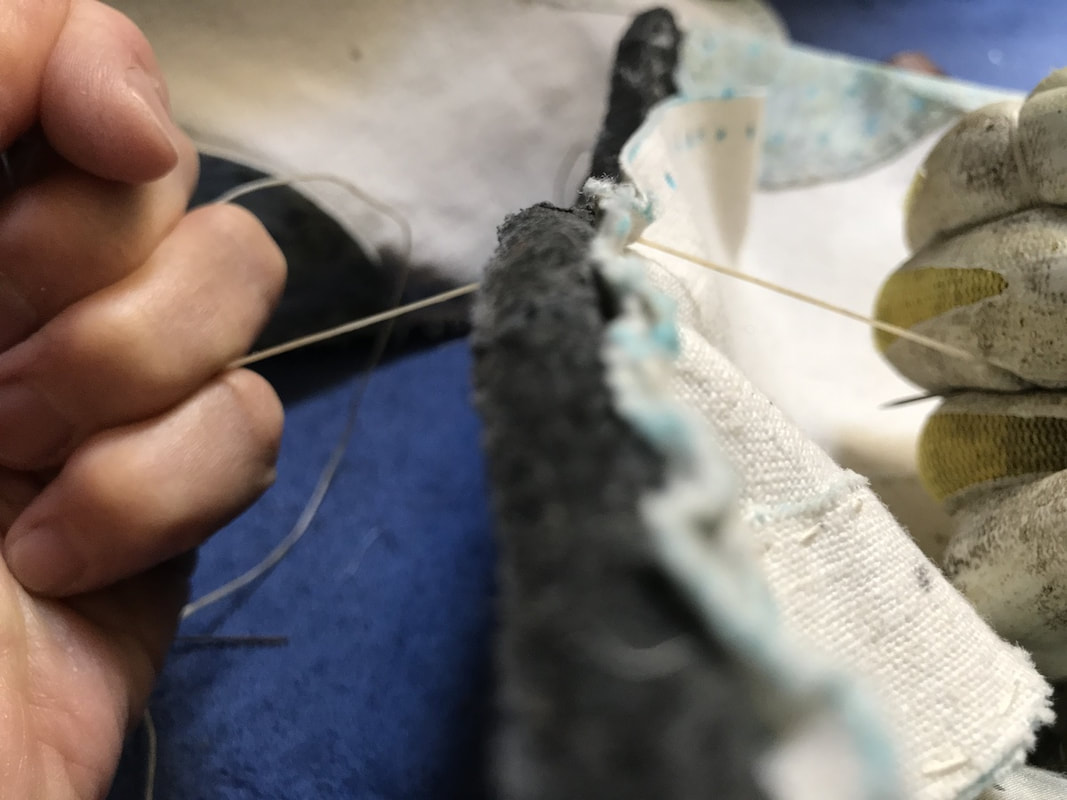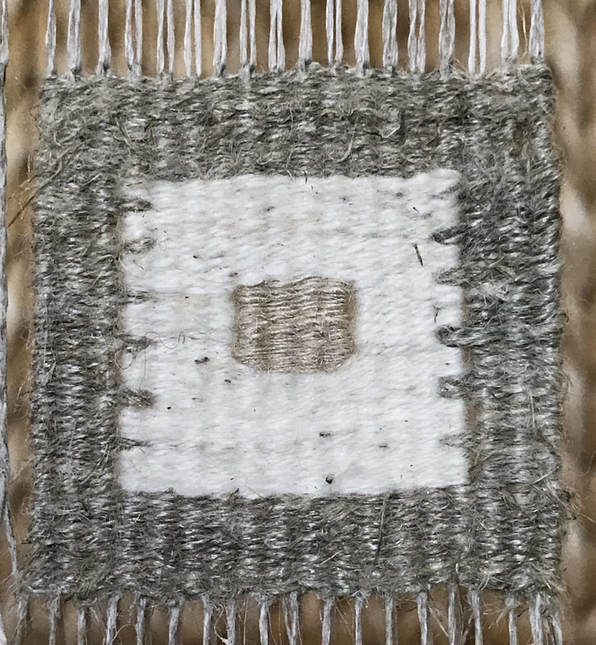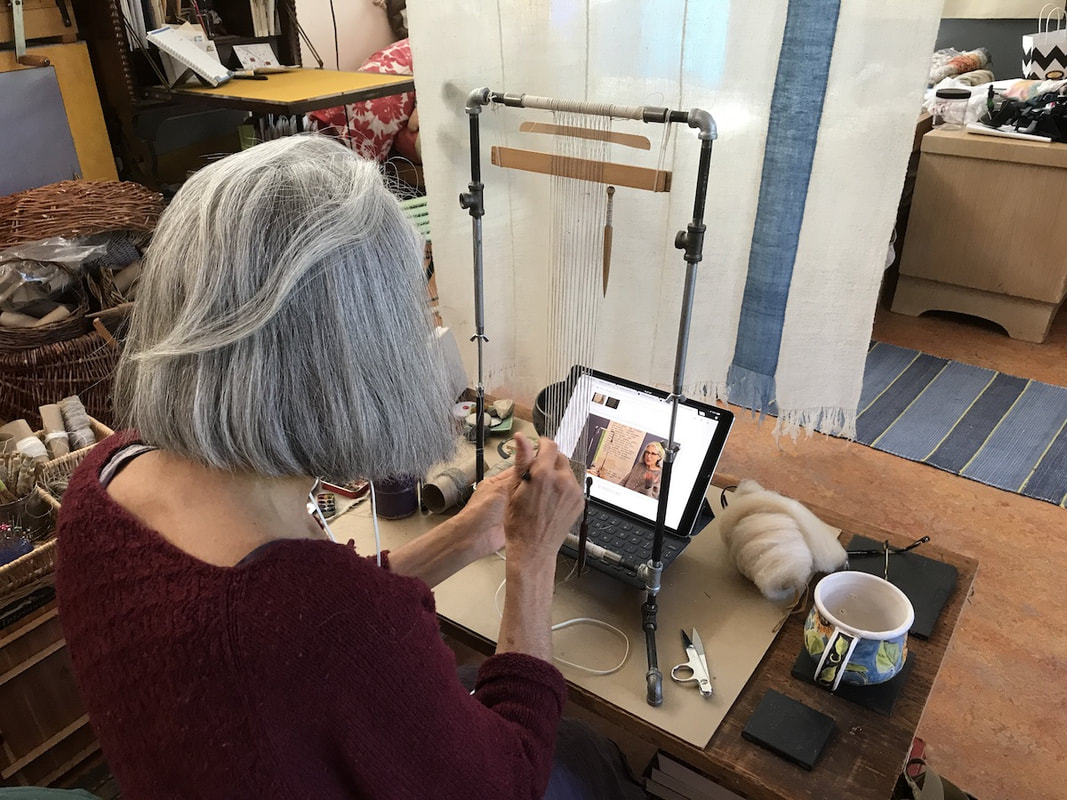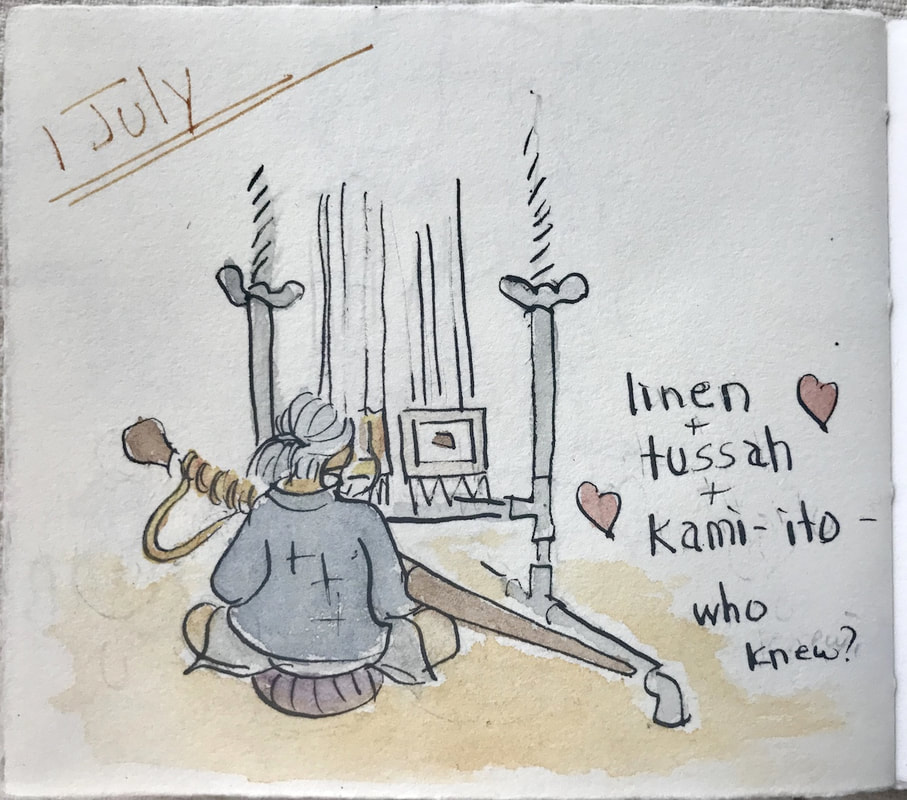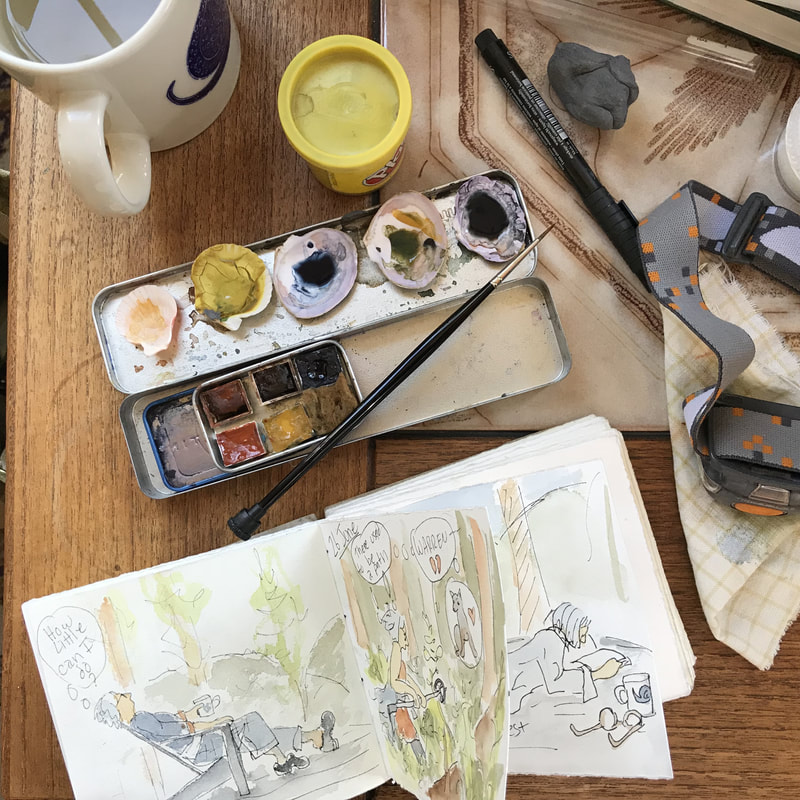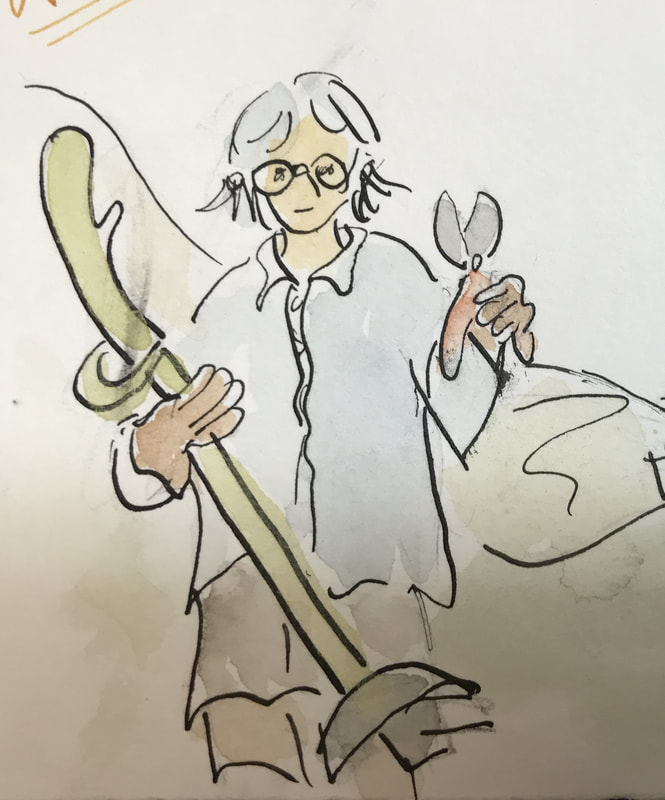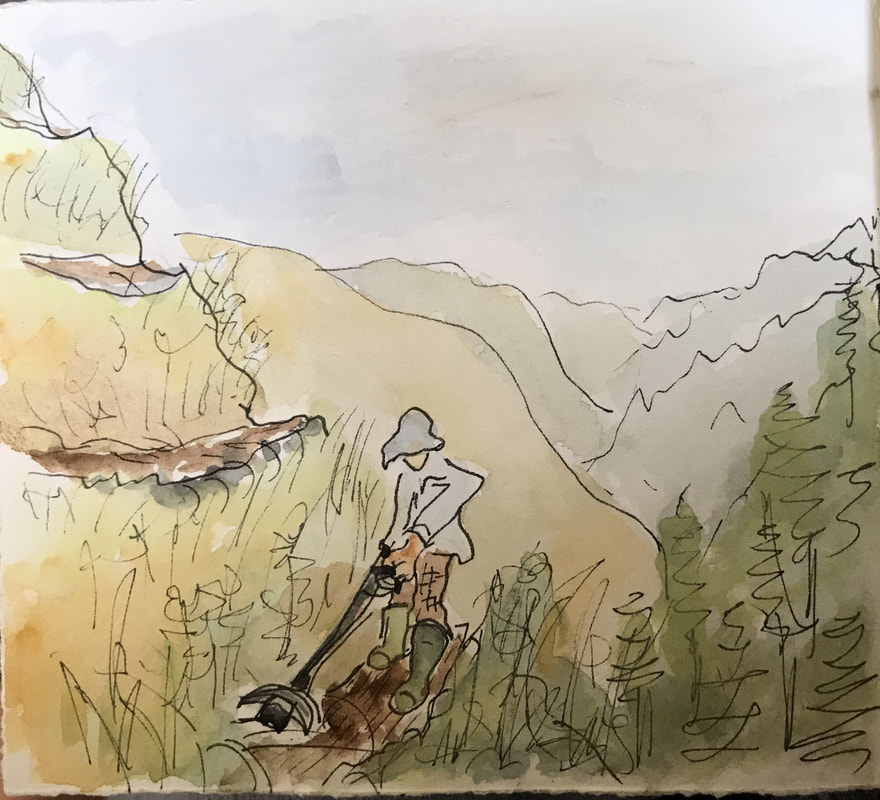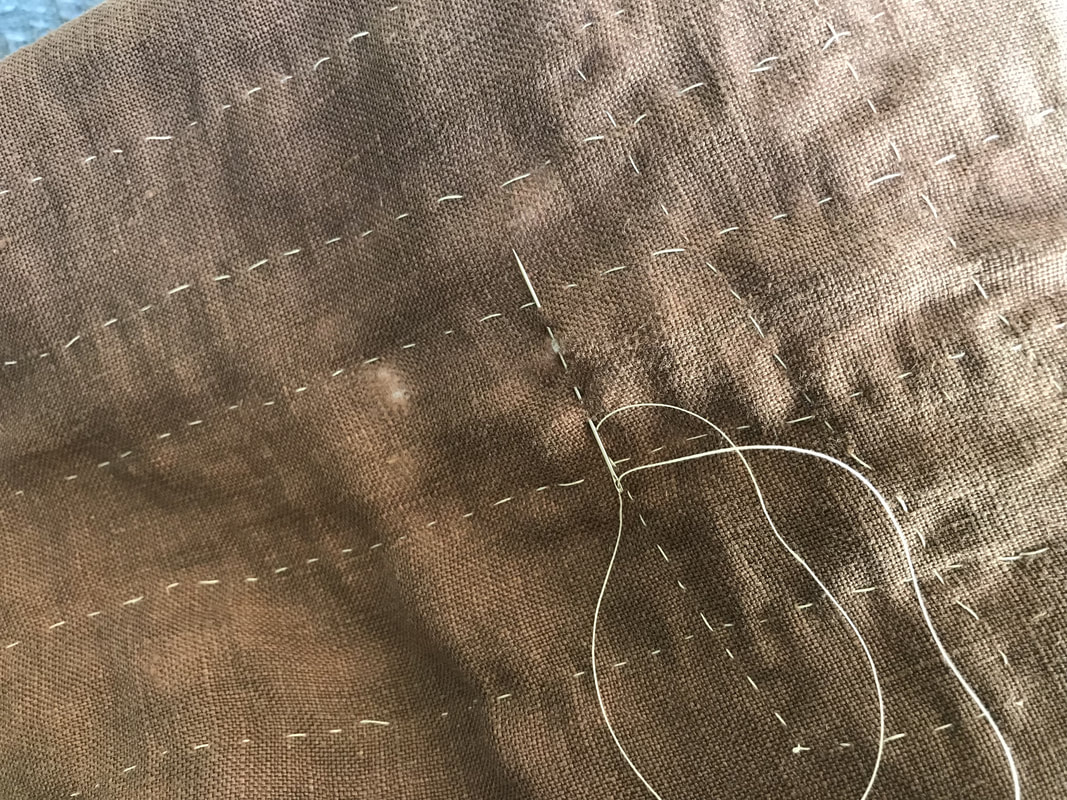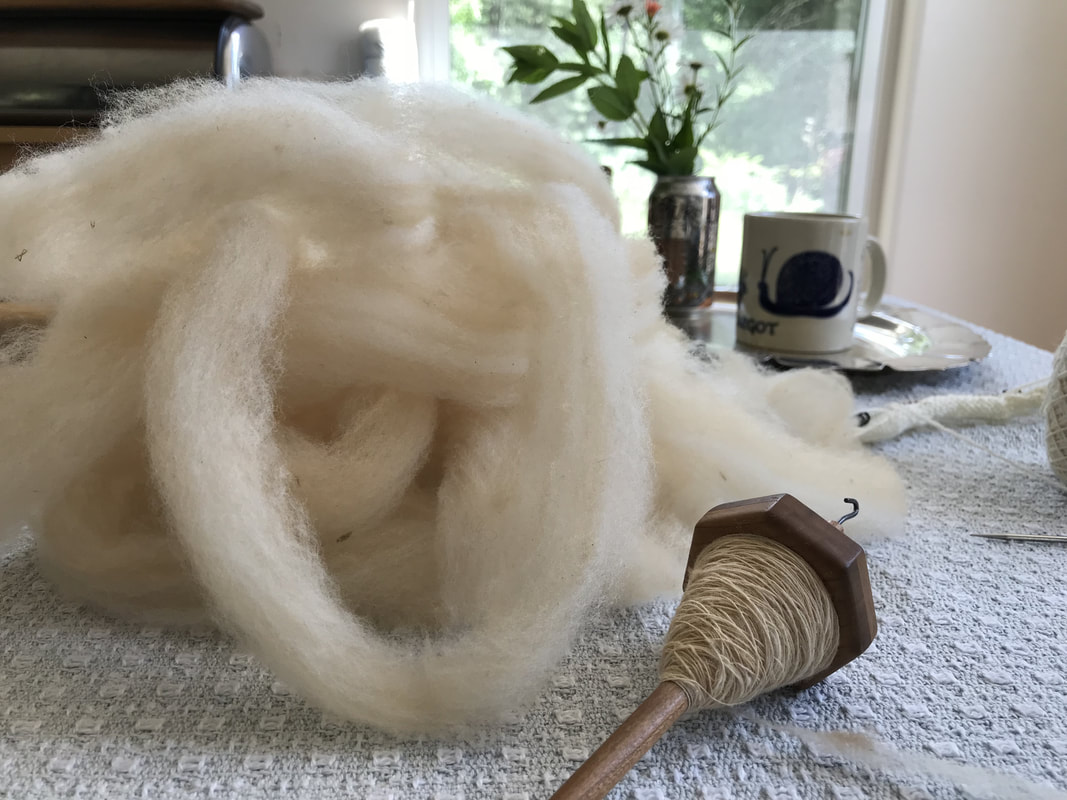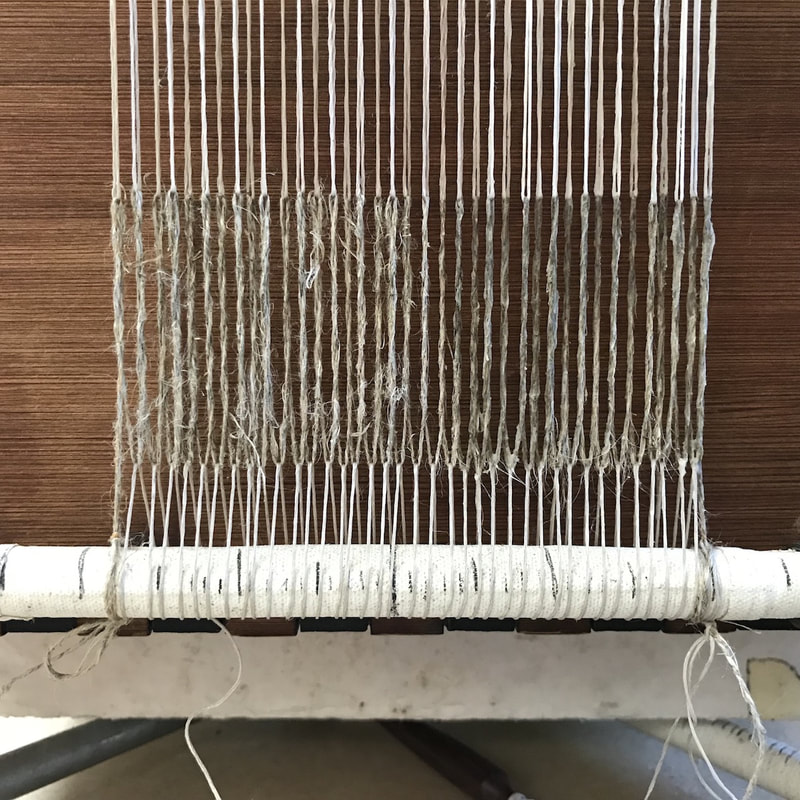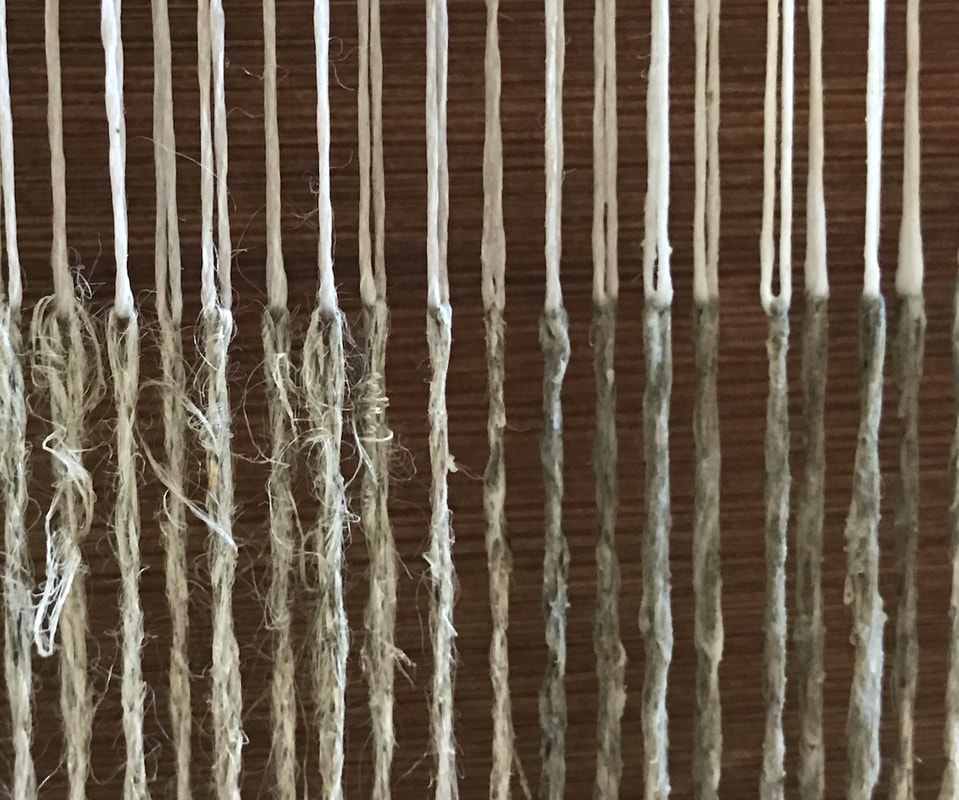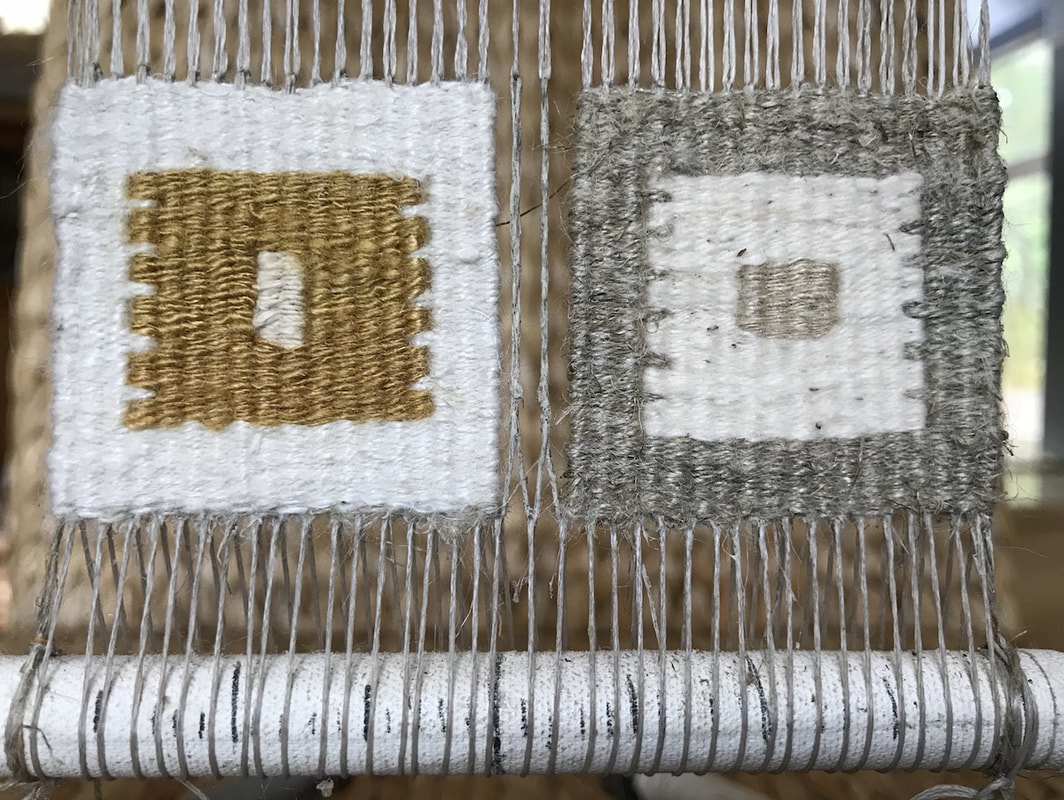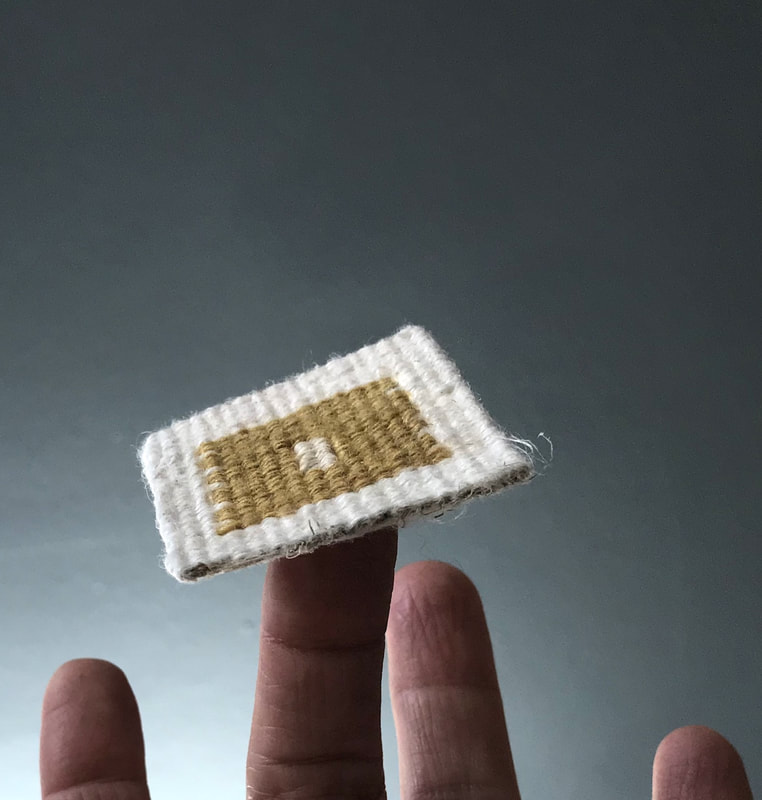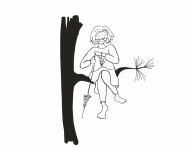but at the bottom of page, just under where I am typing,
is something I wrote when I first set up this site.
(otherwise it just says Weebly, and who wants that?).
In case you can't see it
(since by now it is probably underneath about a dozen photos),
here it is.
yarn . music . friends
whatever it is
you cannot
not
begin
the thing I could not
NOT begin,
was another pair of shoes.
I do not NEED another pair of shoes.
Indeed, considering that both vamp and heel
are made with hand woven linen needlepoint canvas,
leftovers from a tangent of my
backstrap loom sojourn two years ago,
these shoes are never going to prevent thorns,
or anything else,
from biting into my ankles.
And I have a box full of these
beloved but unused linen/backstrap experiments
which have been whispering to me.
"Choose us! Choose us!"
ever since I turned onto a slightly different
path (see Backstrap Dialogues for details),
once the show was over,
but other ideas intervened and I didn't listen
until the shape and feel of that last pair of shoes
(too hot for this summer, esp after I waxed the canvas),
led me back to that box of miscellaneous rolls of cloth.
When the lace holes are nicely stretched out,
I'll probably have to stitch some solid eyelets.
(and weave some actual laces).
they tuck (or fail to tuck), around the bottom of my heel,
and wonder if I'm going to want to put a heel cover
on top of the X and bar stitches up the back.
Heel covers are more traditional
and I had chosen a narrow strip
from the same box of experiments,
but found I so loved the look of the spindle spun linen
stitches that I just couldn't hide them.
light and flexible,
open and airy,
just the thing
for my upcoming August holiday.
but for one tiny detail.
other than that it is my favorite letter to weave.
girl, perhaps?
Certainly I feel about 11 years old when I wear these.
which is a fine way
for me, my shoes,
and our four selvedge tapestries to feel
as we set forth to explore whatever paths may beckon
between now and when we return to the blog in September.
check out Sharon Raymond's fabulous website
where you can find instructions, kits, materials, videos, tutorials and inspiration.
She has a whole book just on sandals.
as the finishing touch to your shoes (or whatever)
remember that early bird pricing for Fringeless
(the online four selvedge tapestry class with Rebecca Mezoff and me),
ends TONIGHT (31 July) at midnight Mountain Time.
Of course you can sign up and/or start at any time in the future,
but for those who register by tonight
will have your names entered in a drawing
for the tiny house tapestry pictured above--
a piece I wove on film (or rather, video),
so that in the class you can listen to/watch me
weave and unweave and weave and unweave
and make all kinds of pick by pick decisions
in rather excruciating detail
for a LONG time.
(Some people seem to like it...:-)
Anyway, it could be that house wants to be on your shoe.
movement...
no wheels...
Just saying..
Have a lovely August and see you in September!
